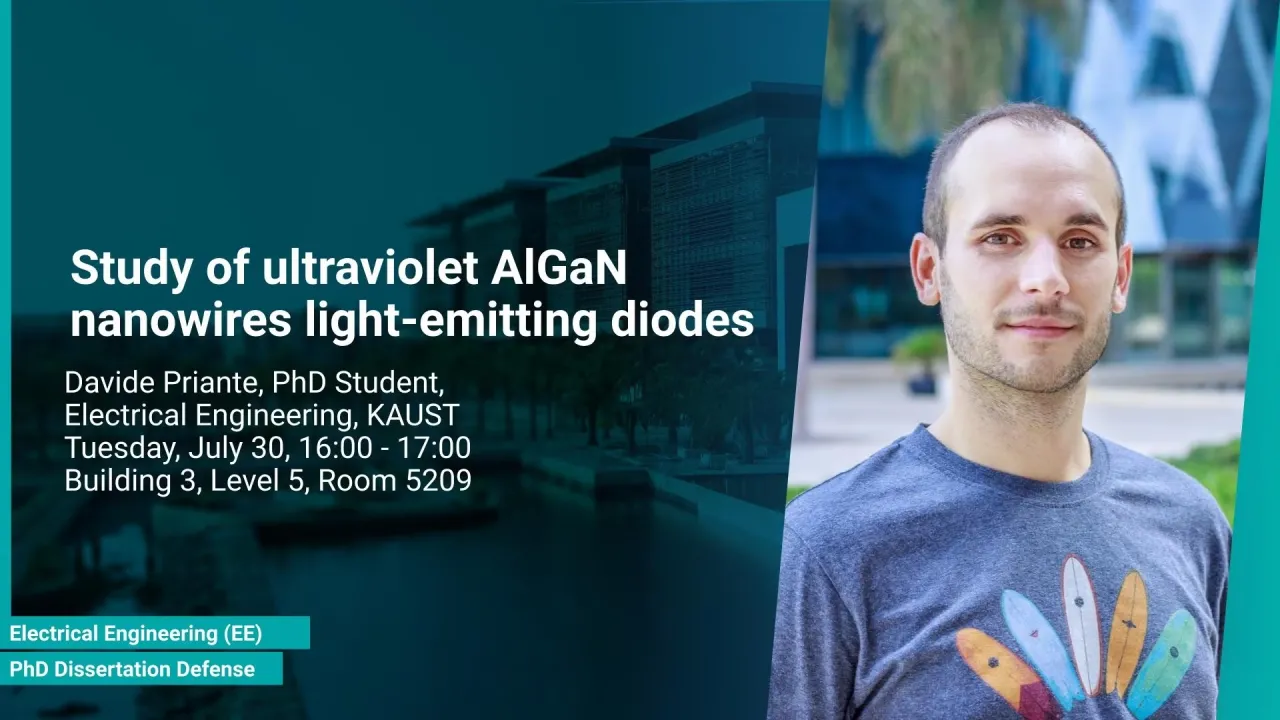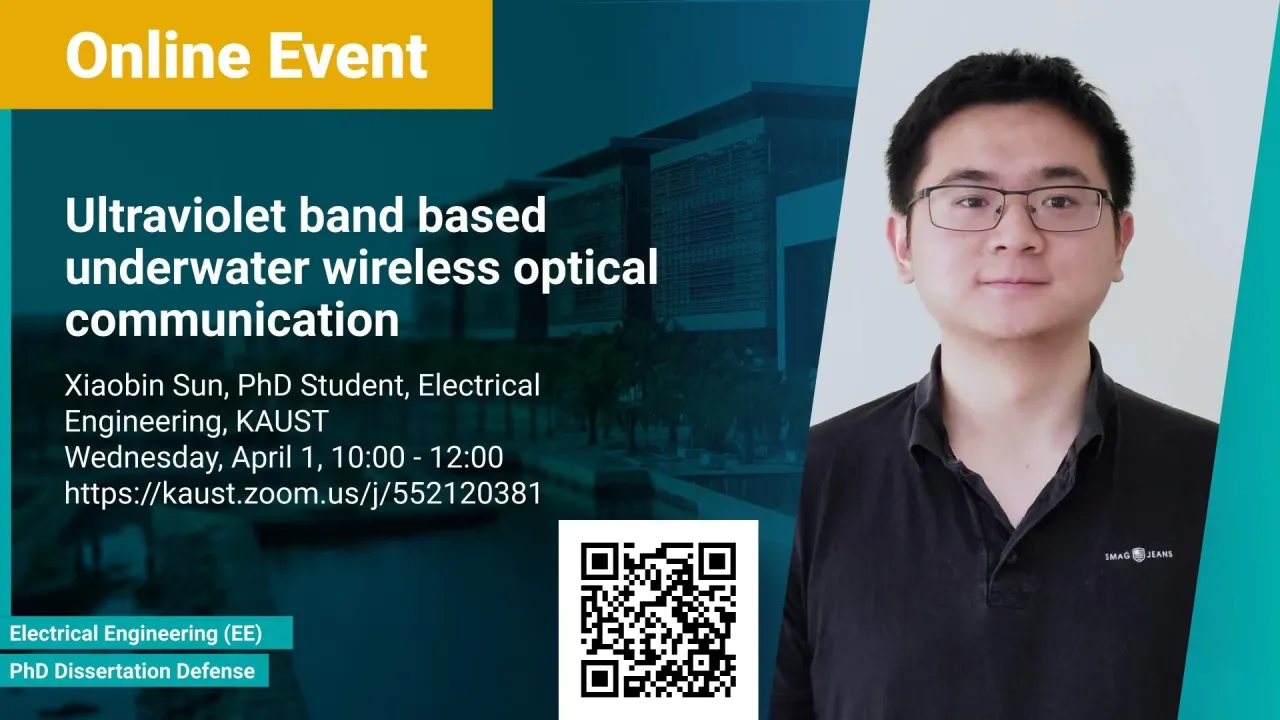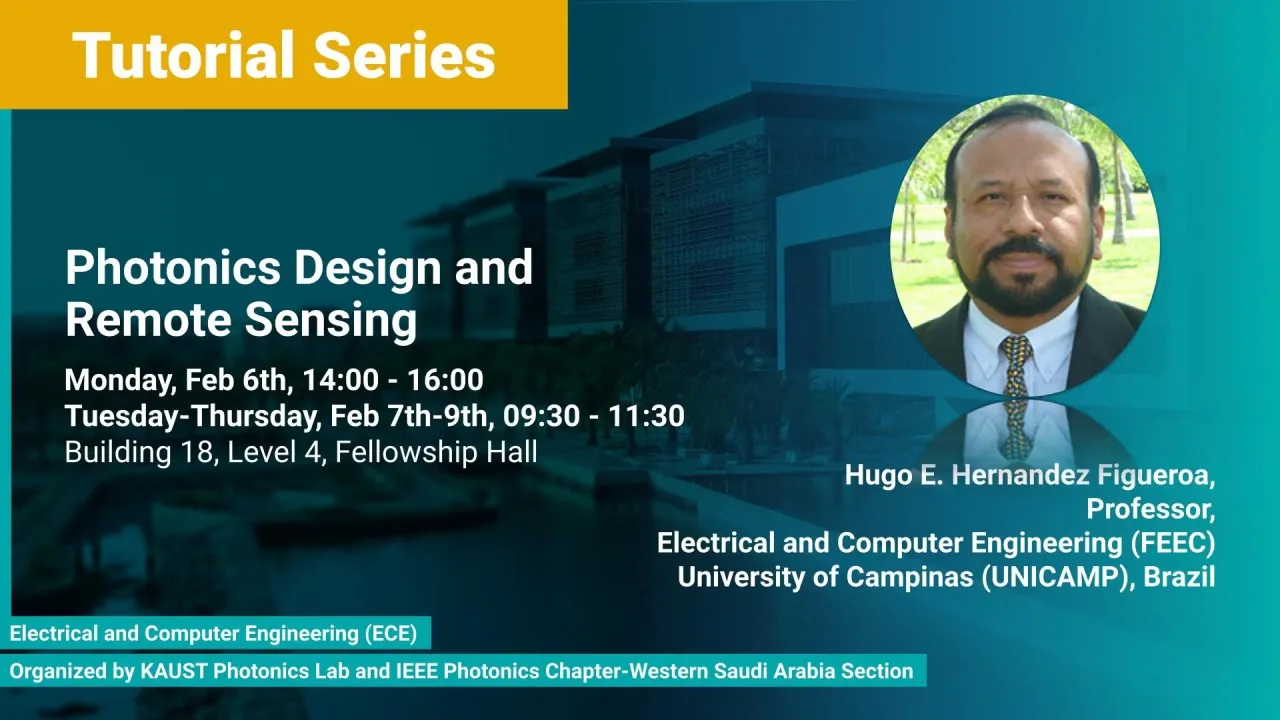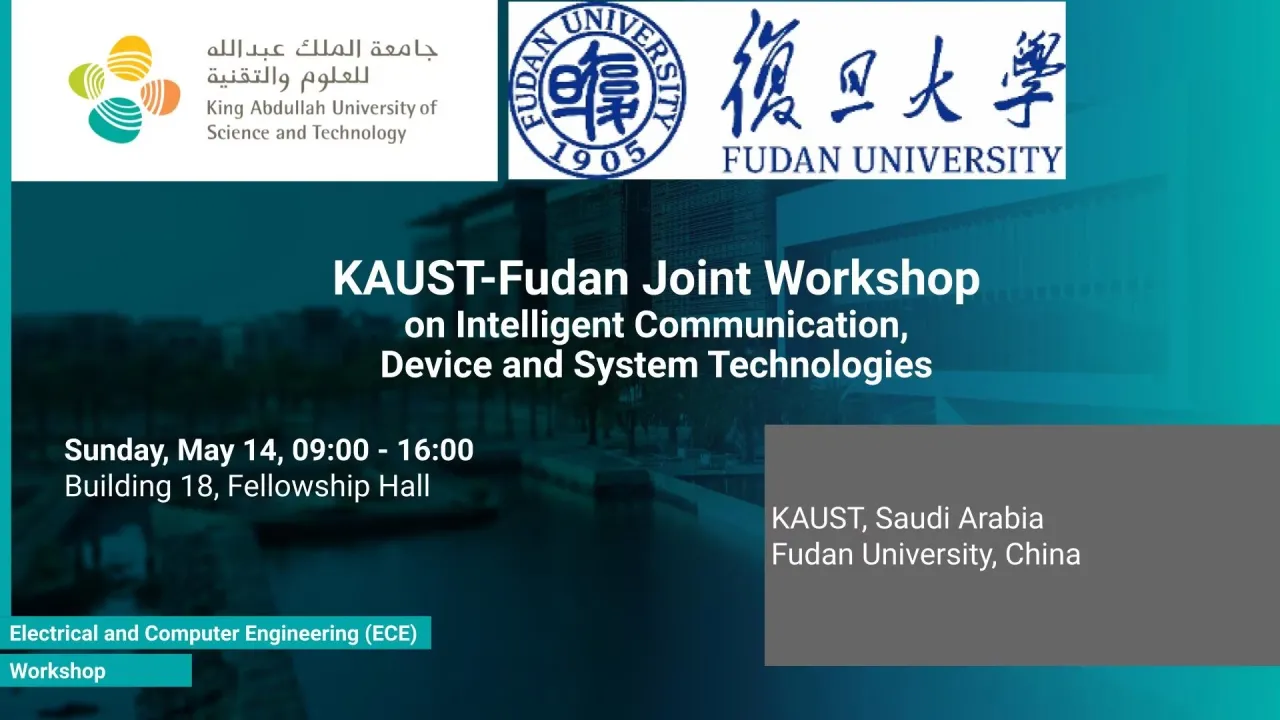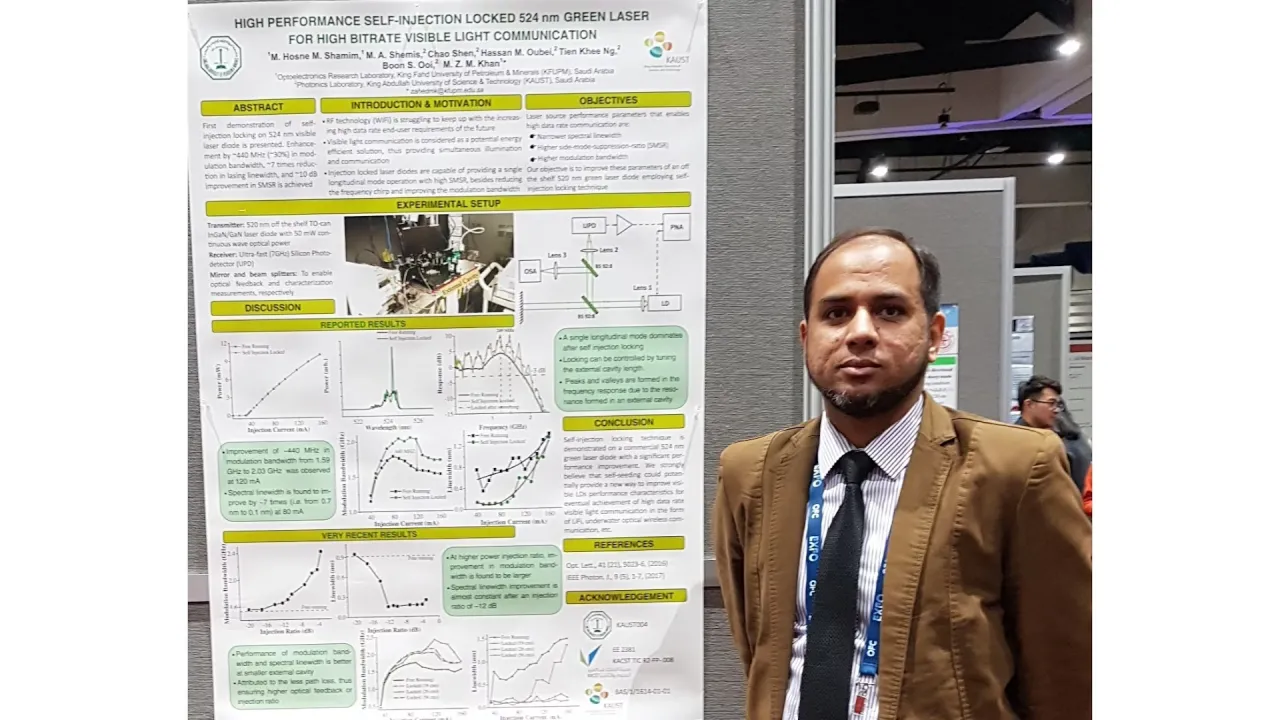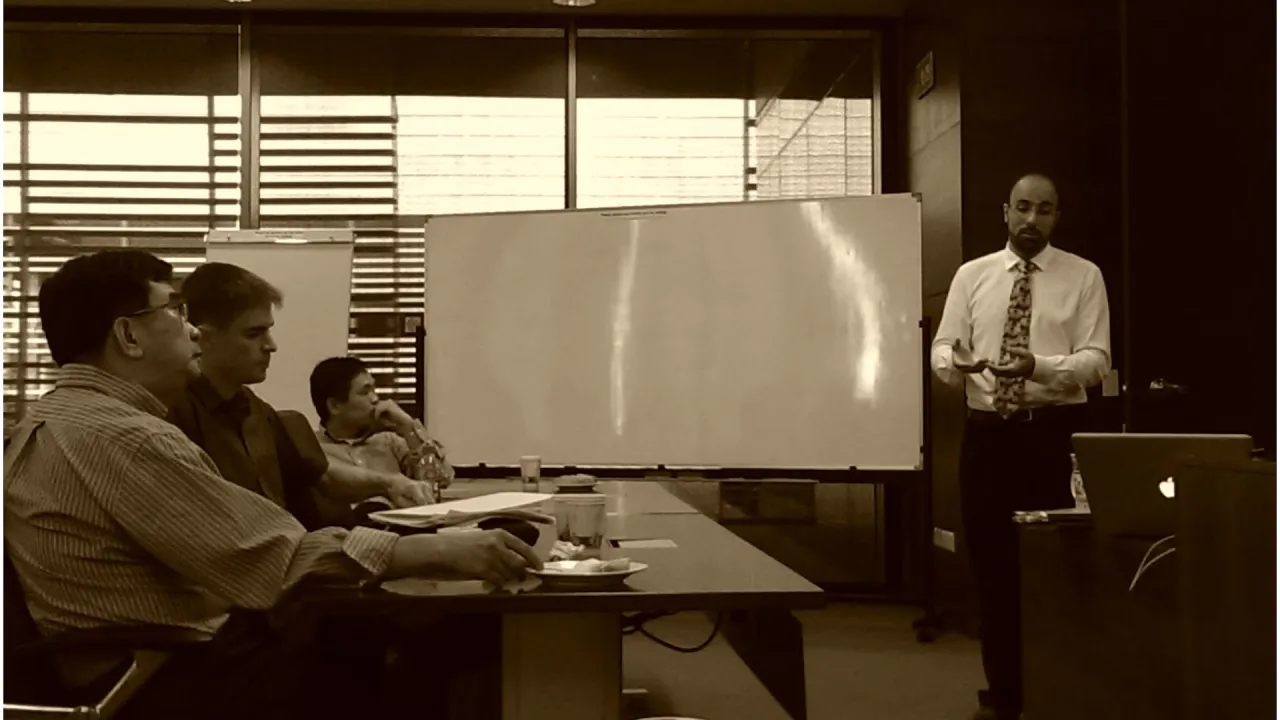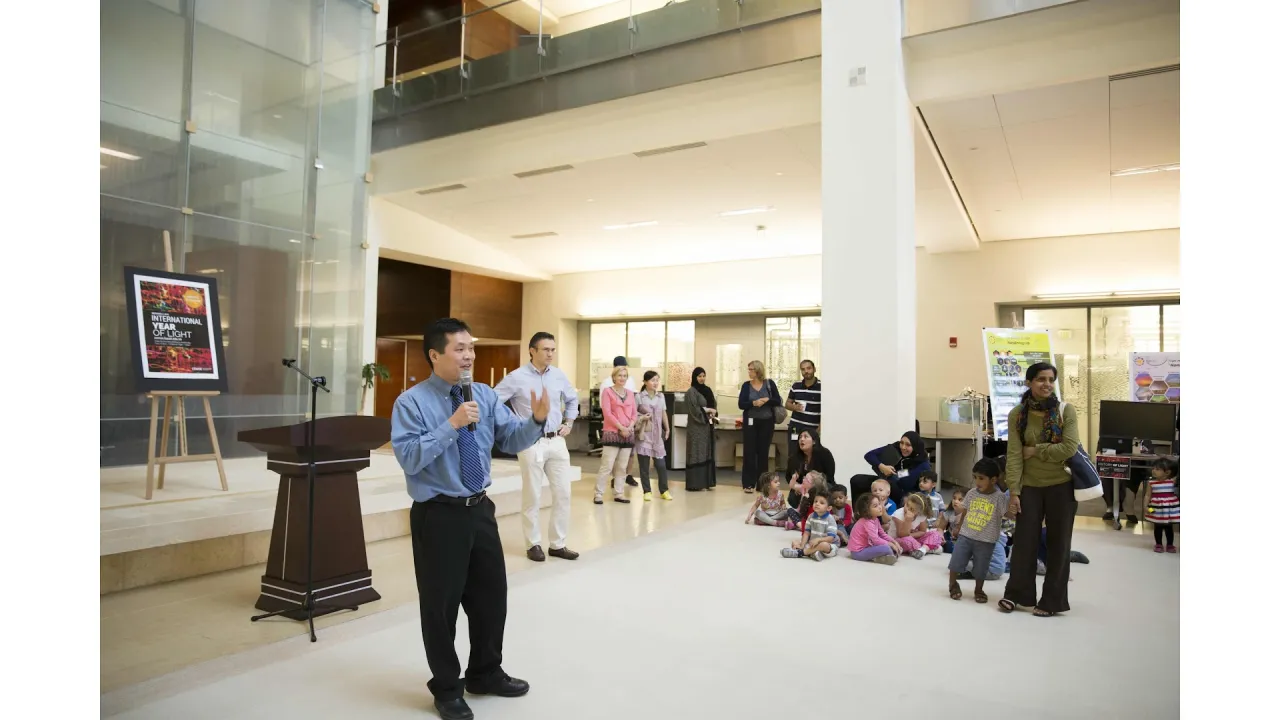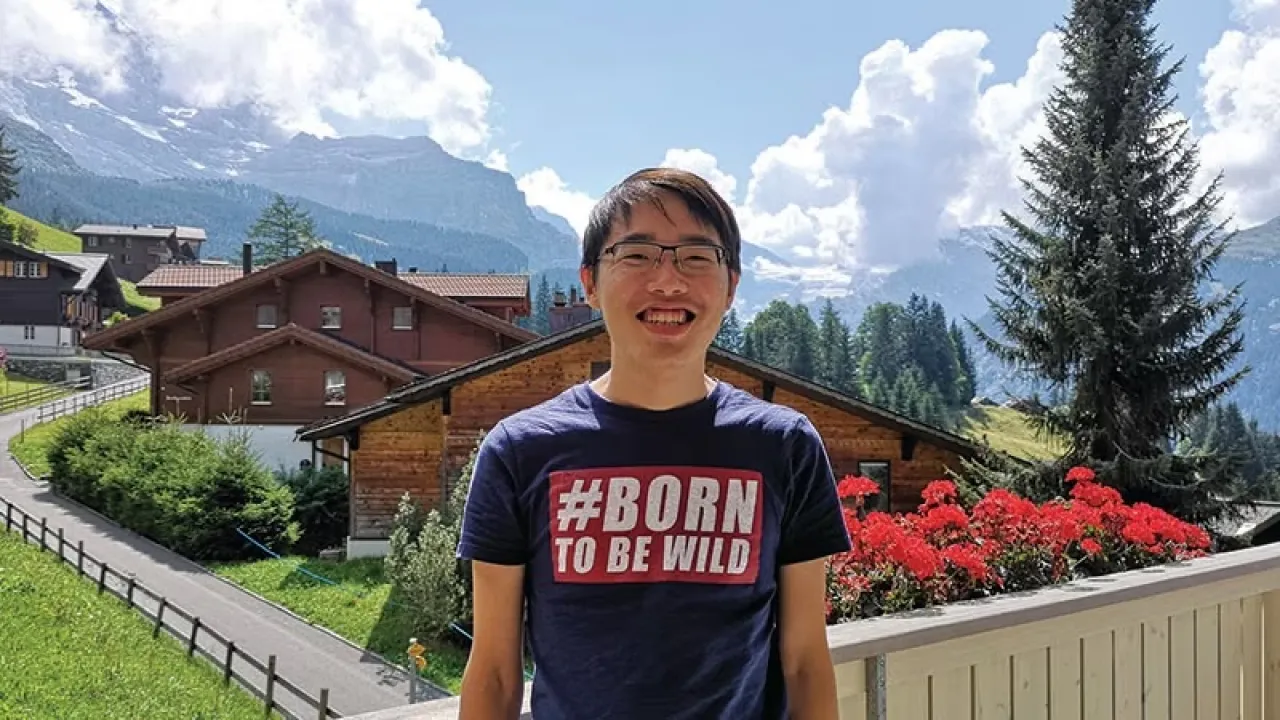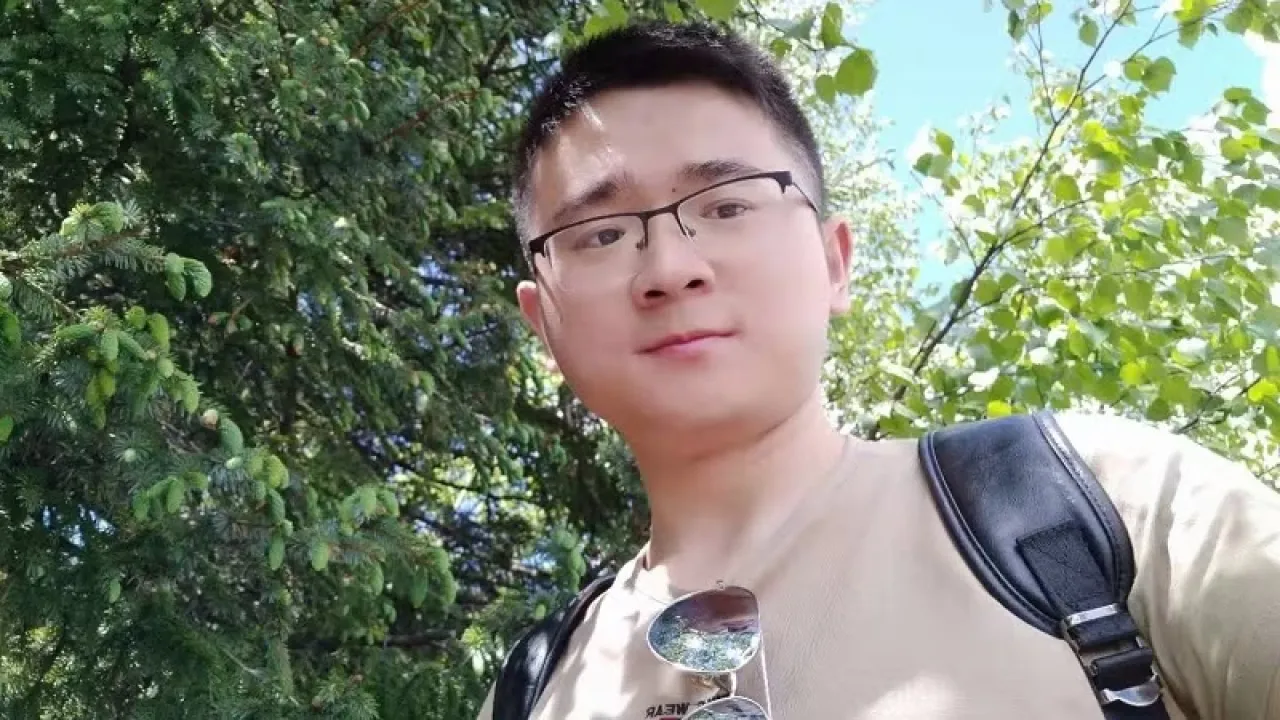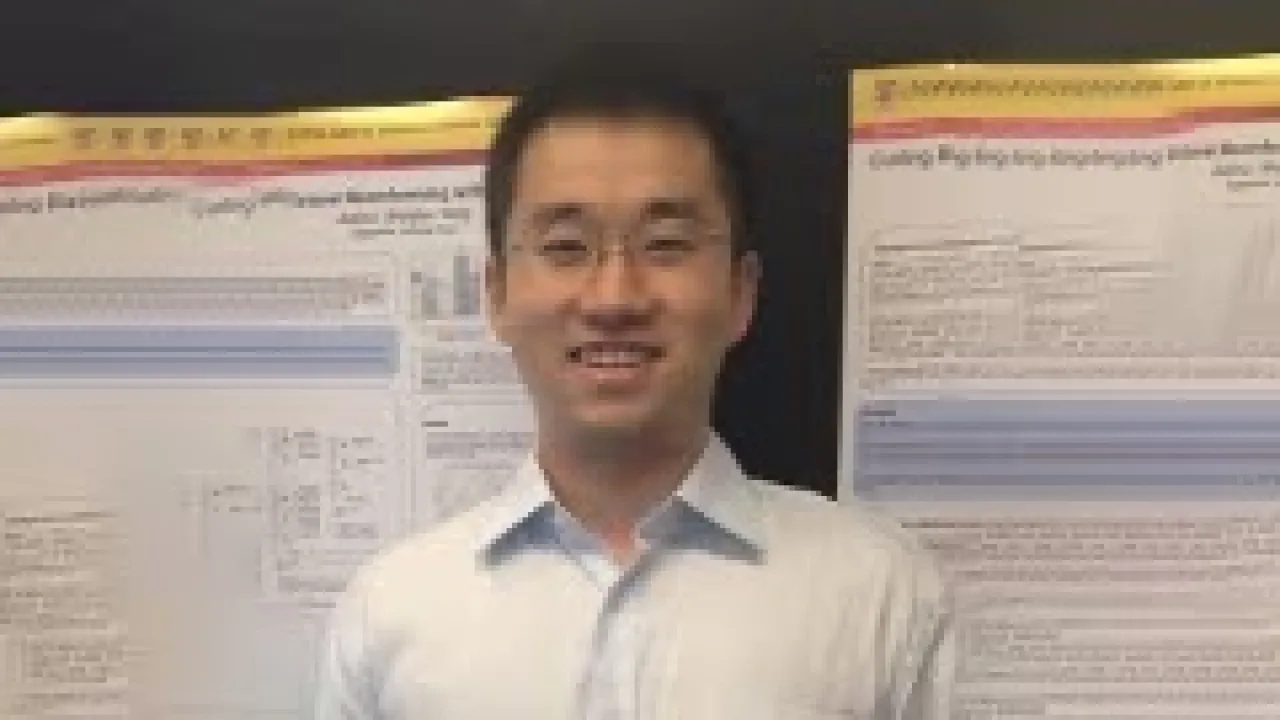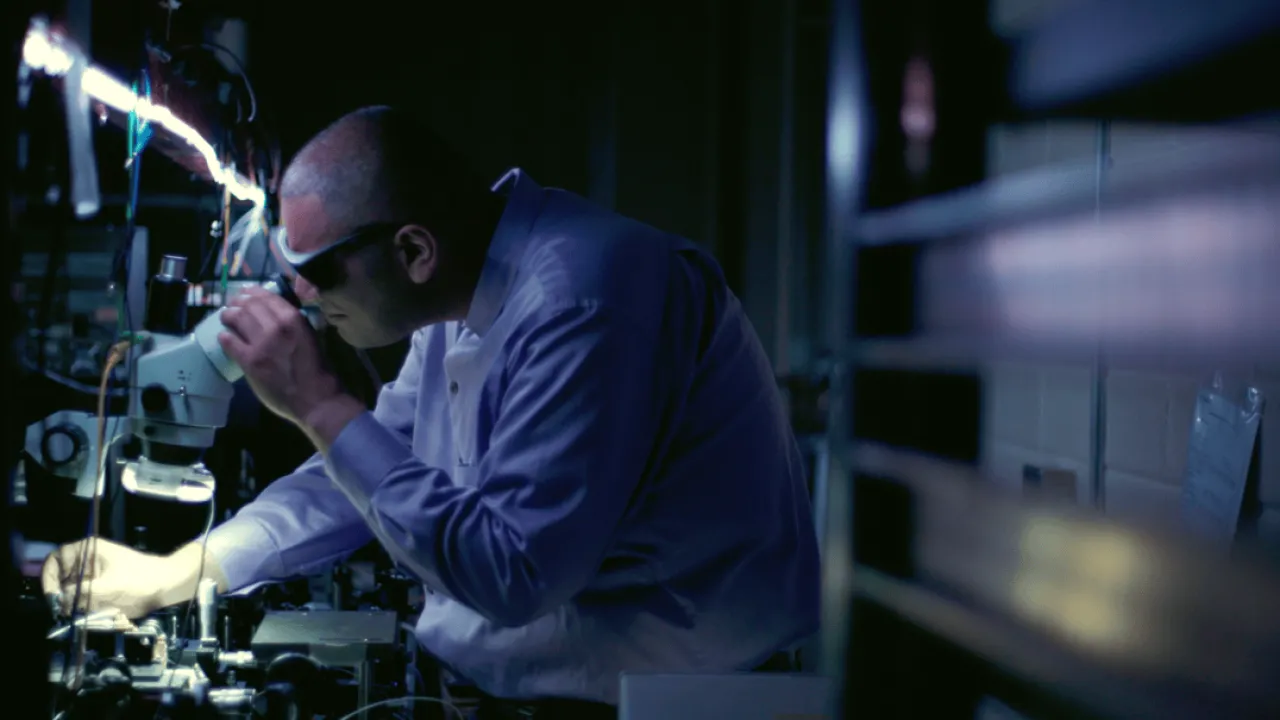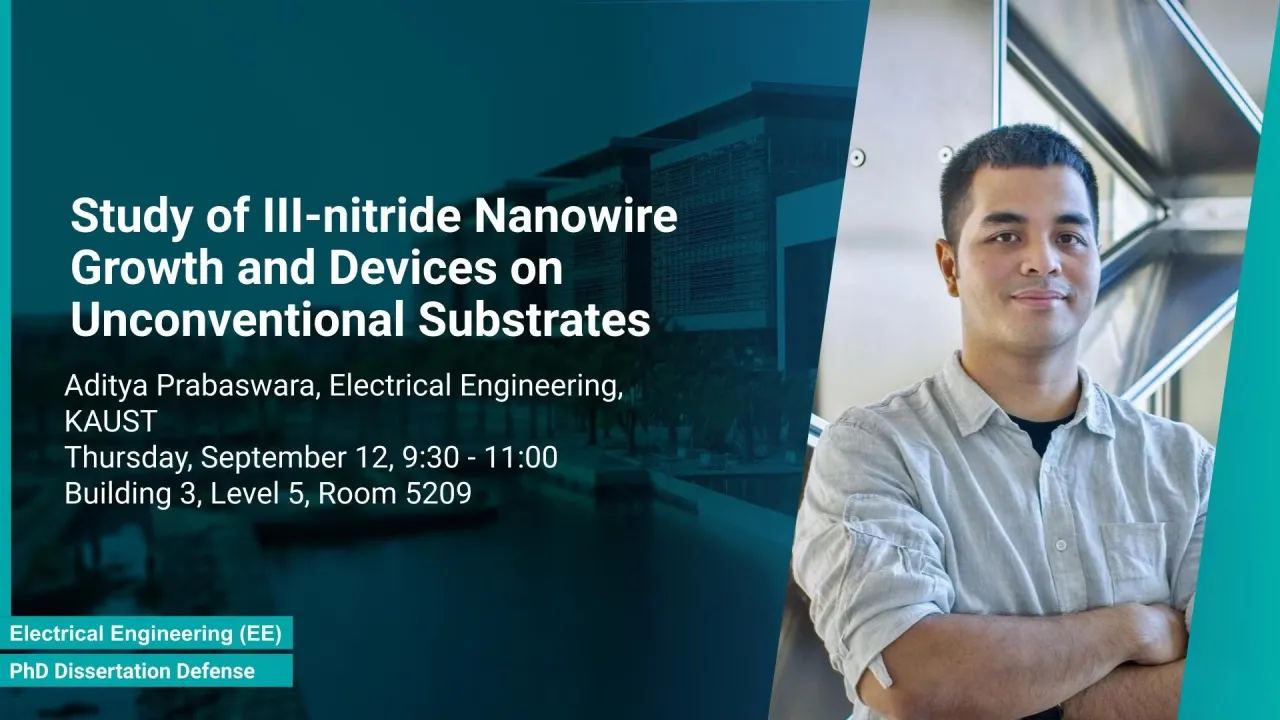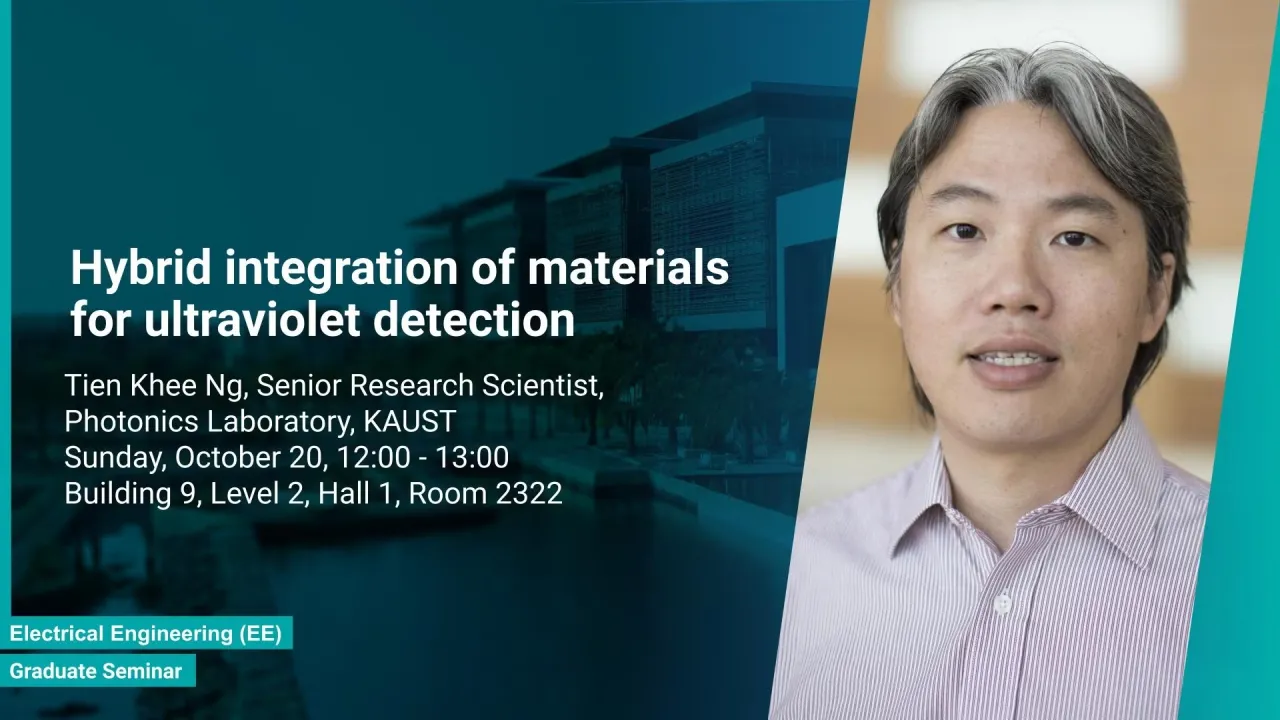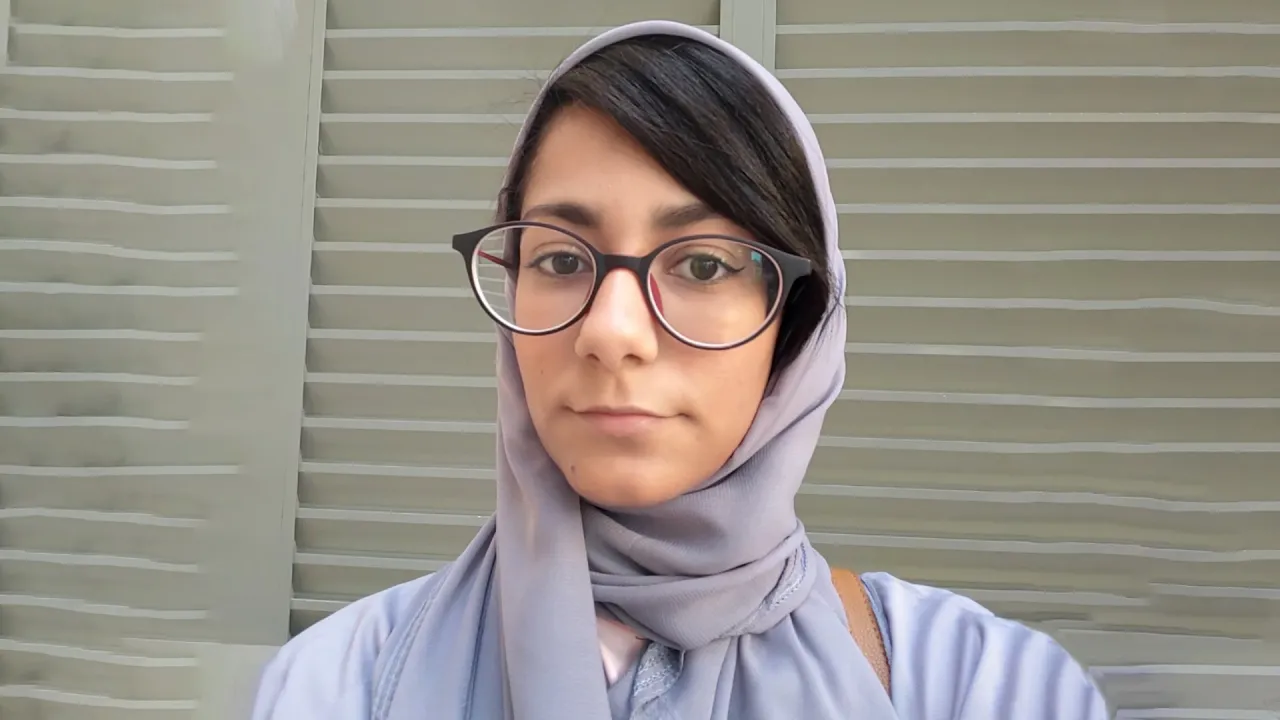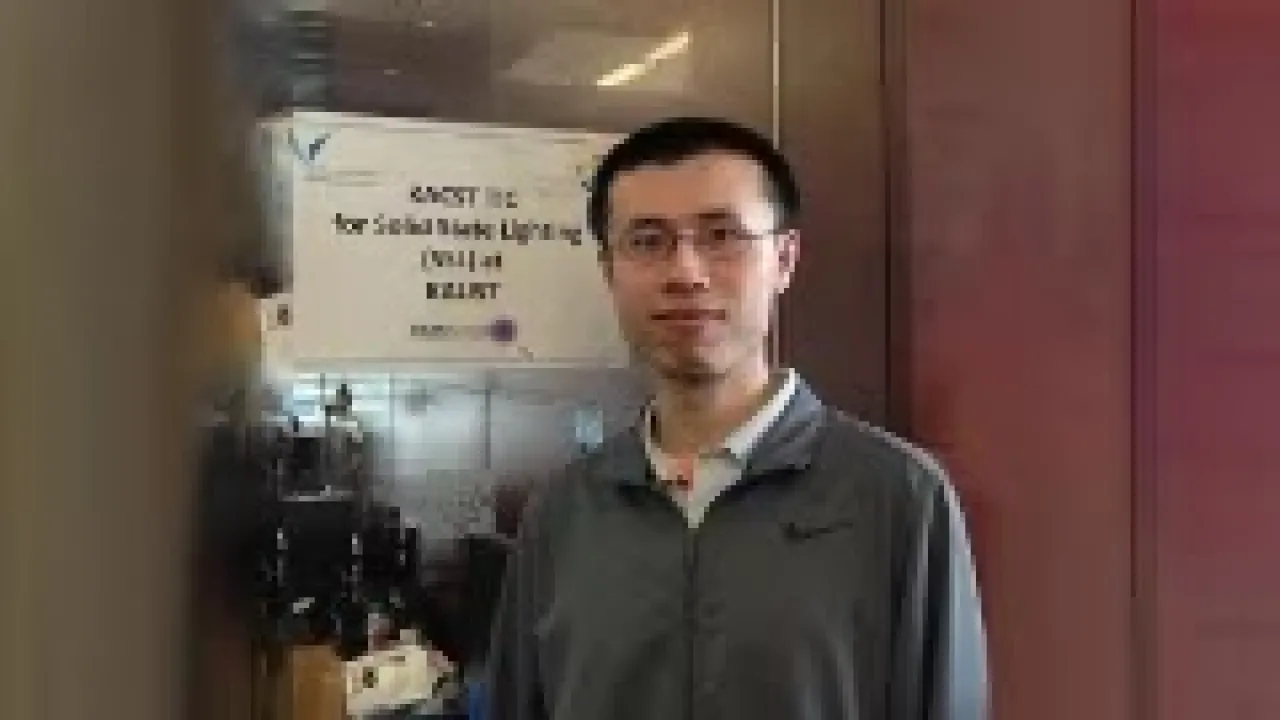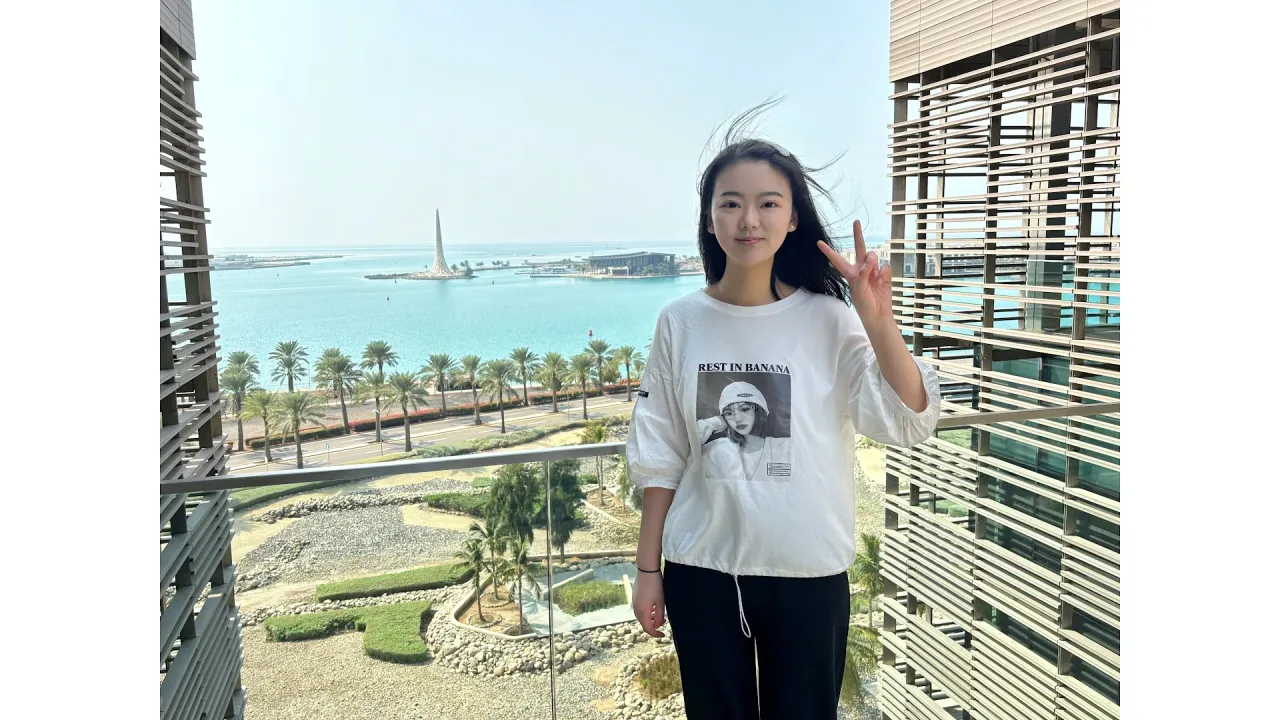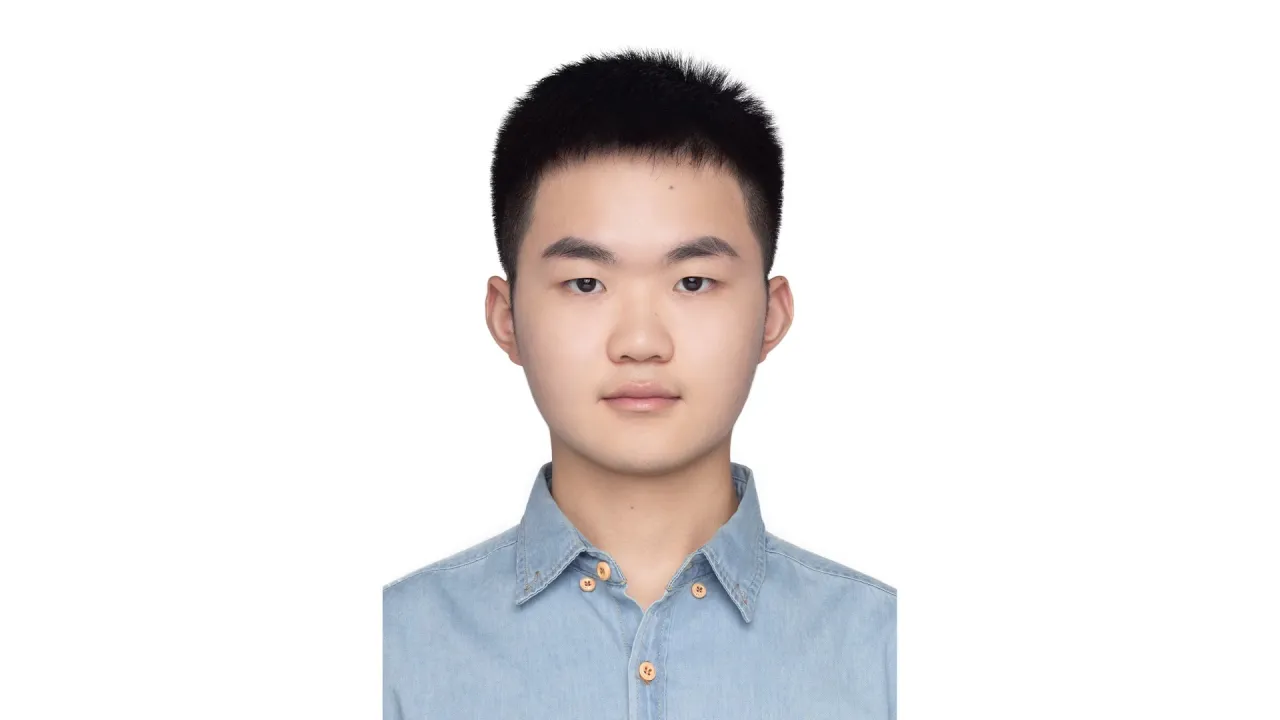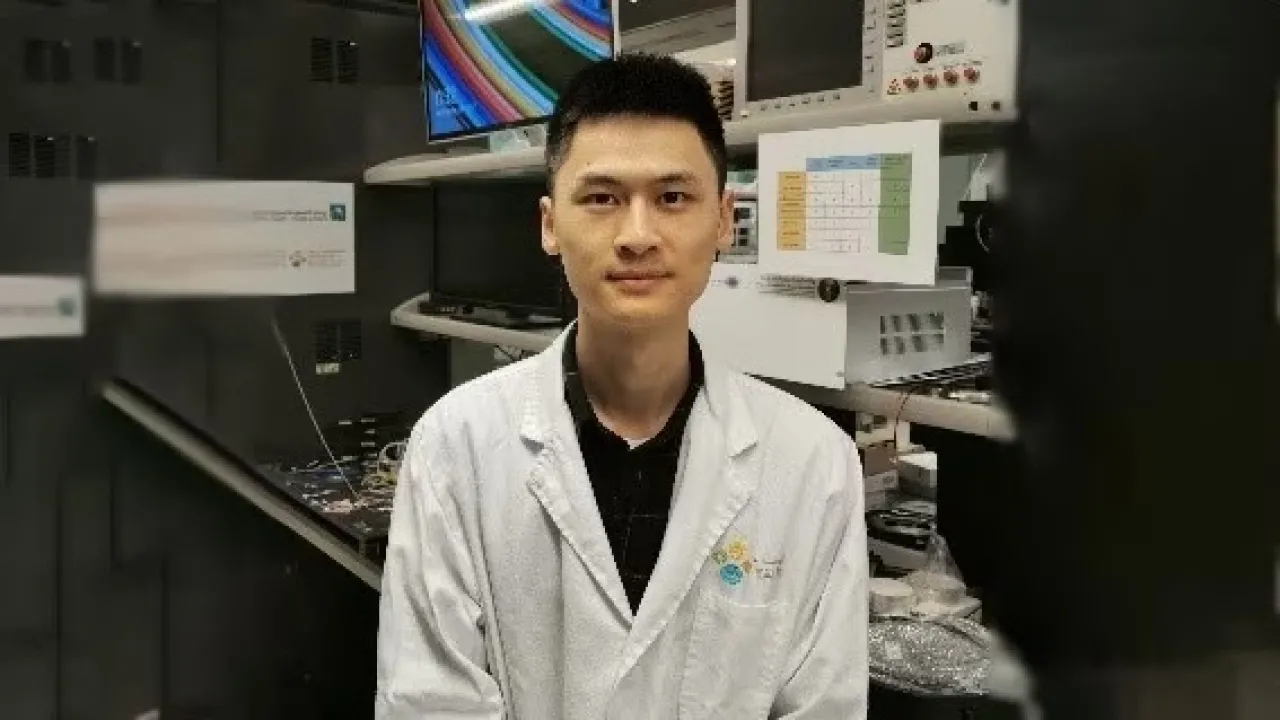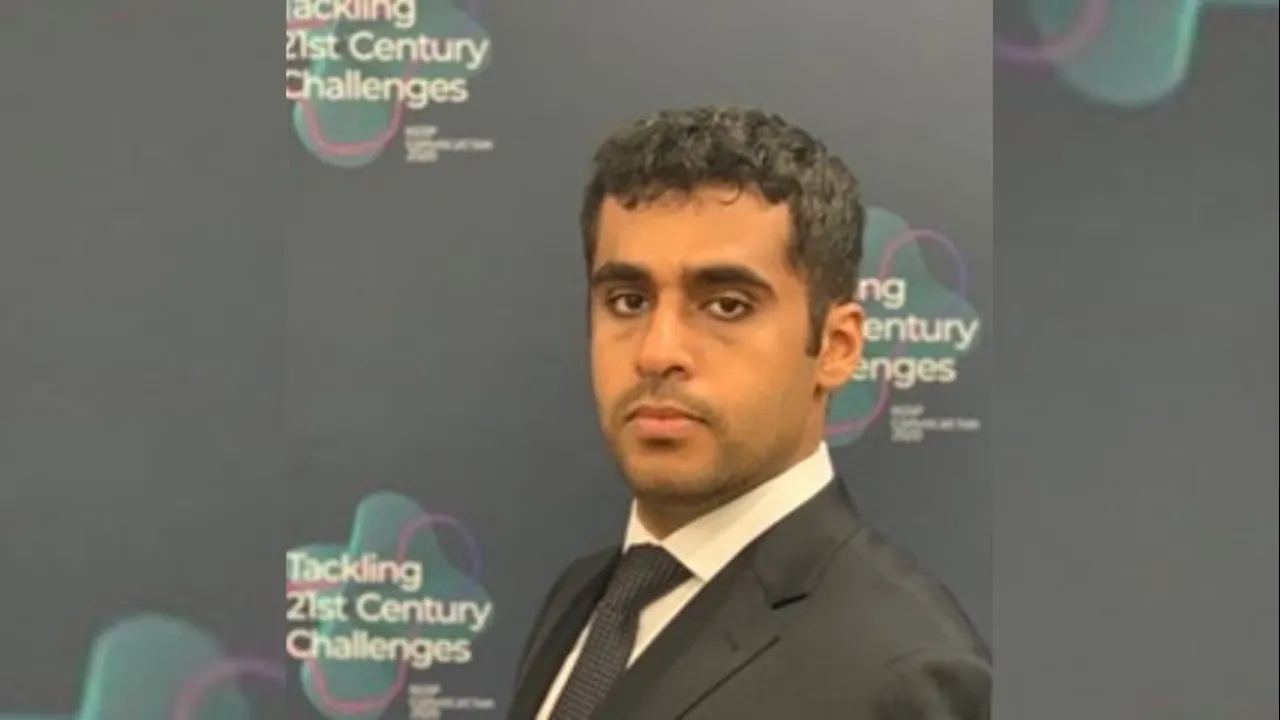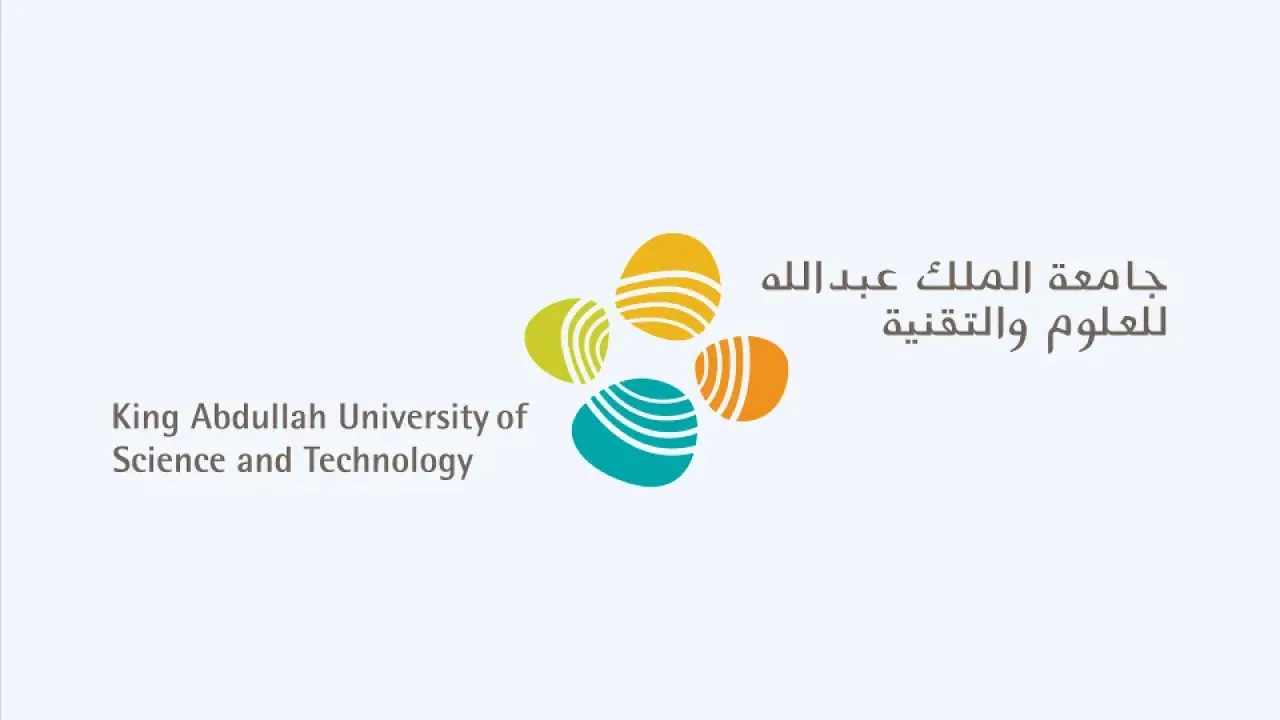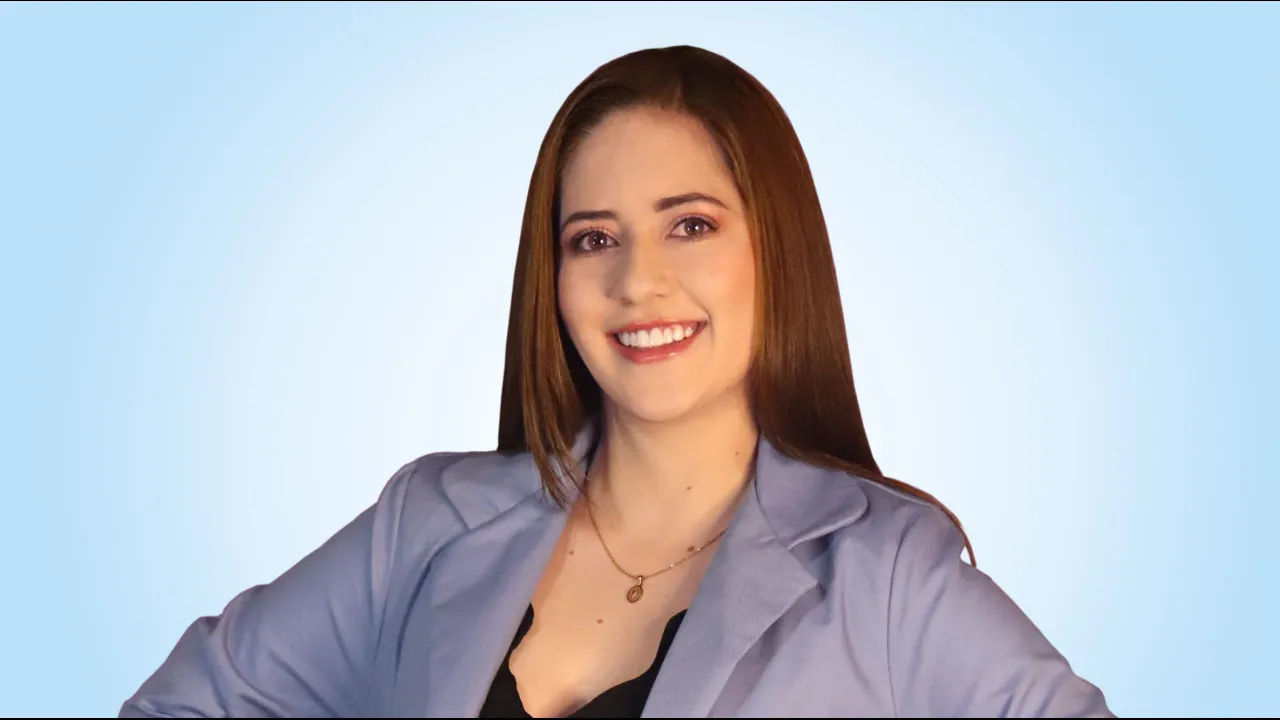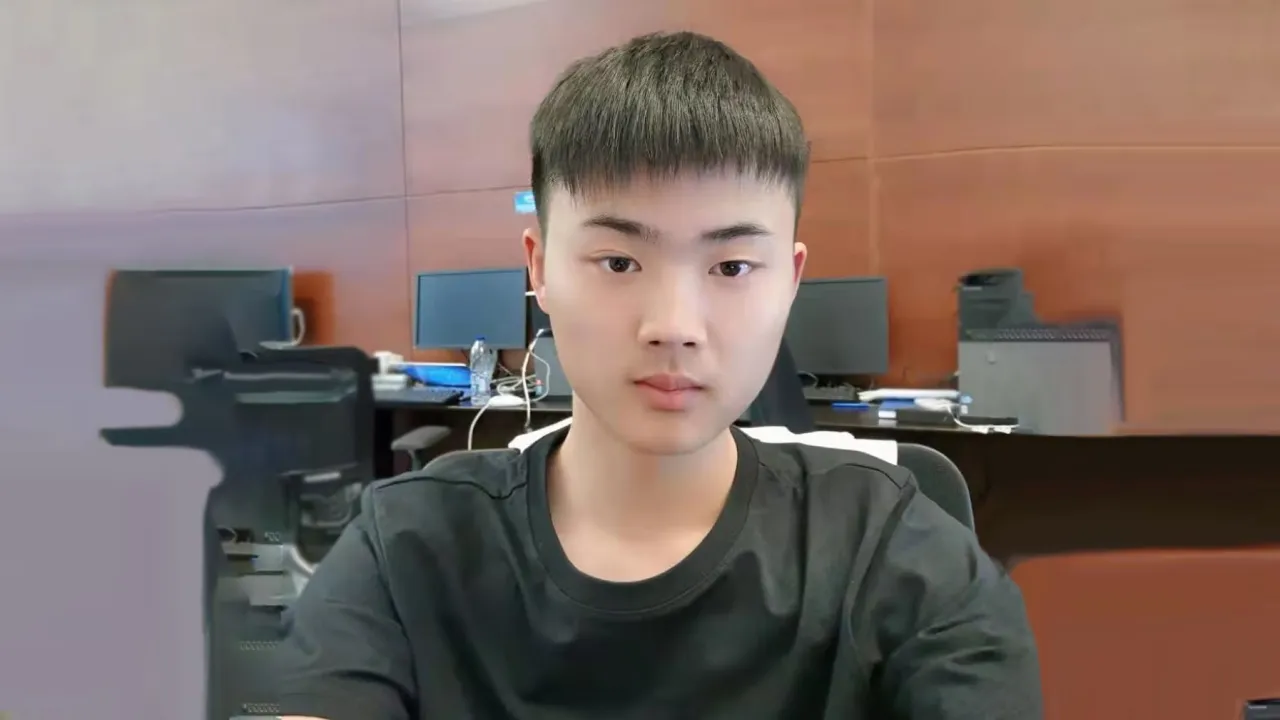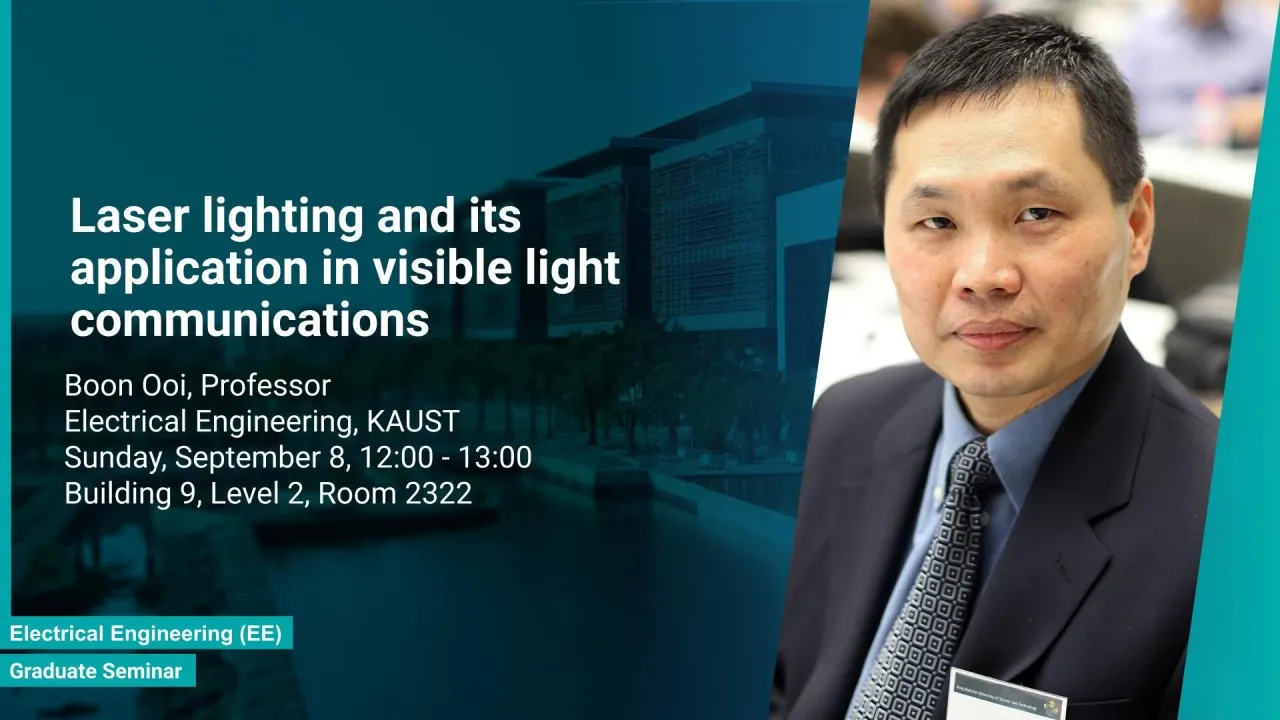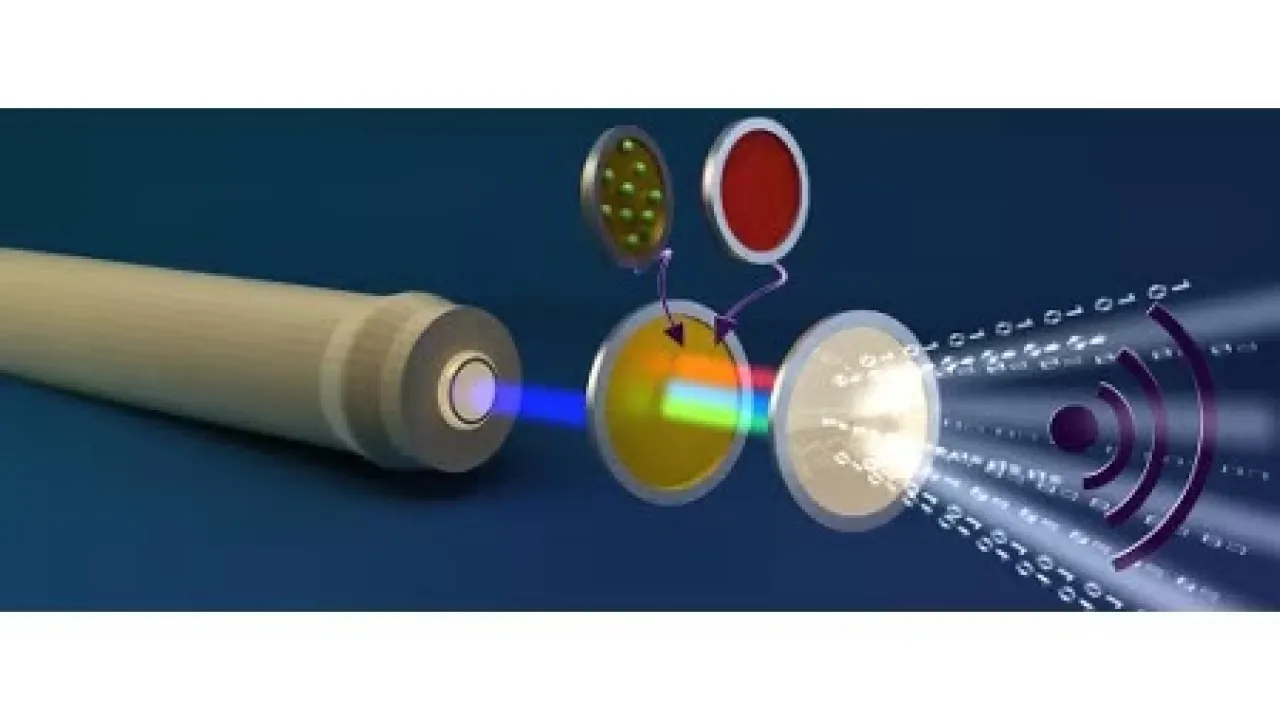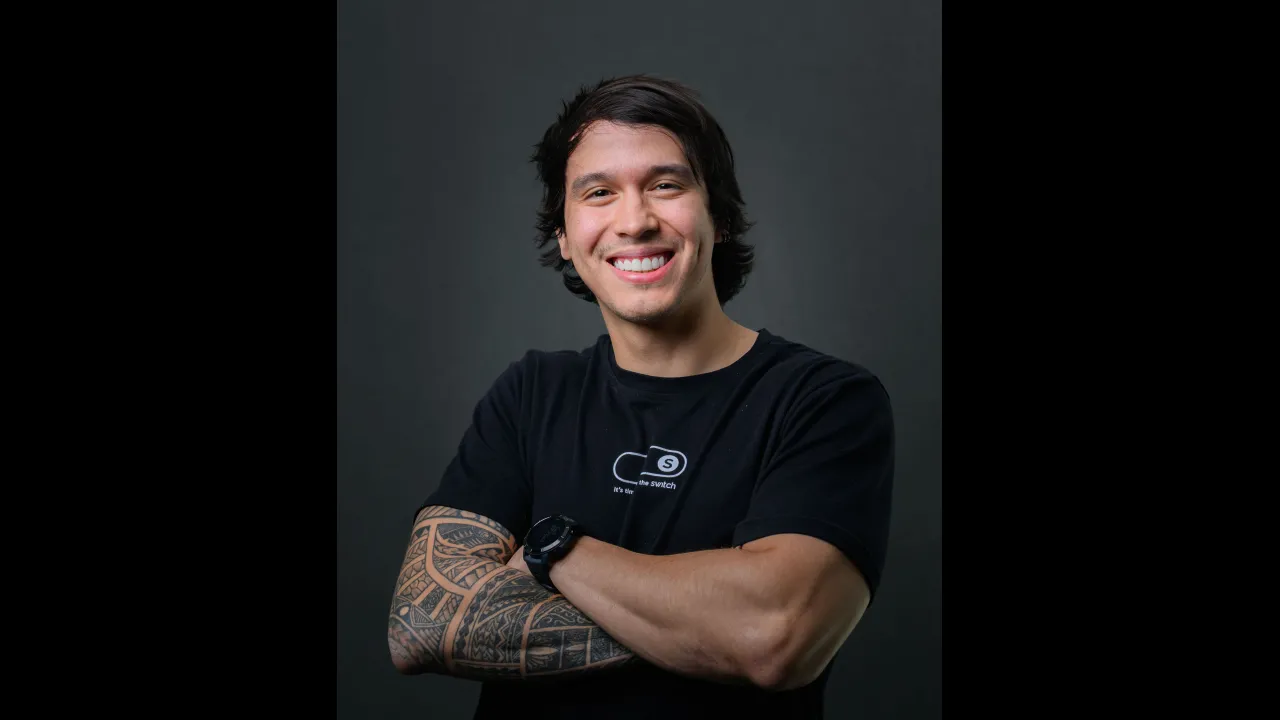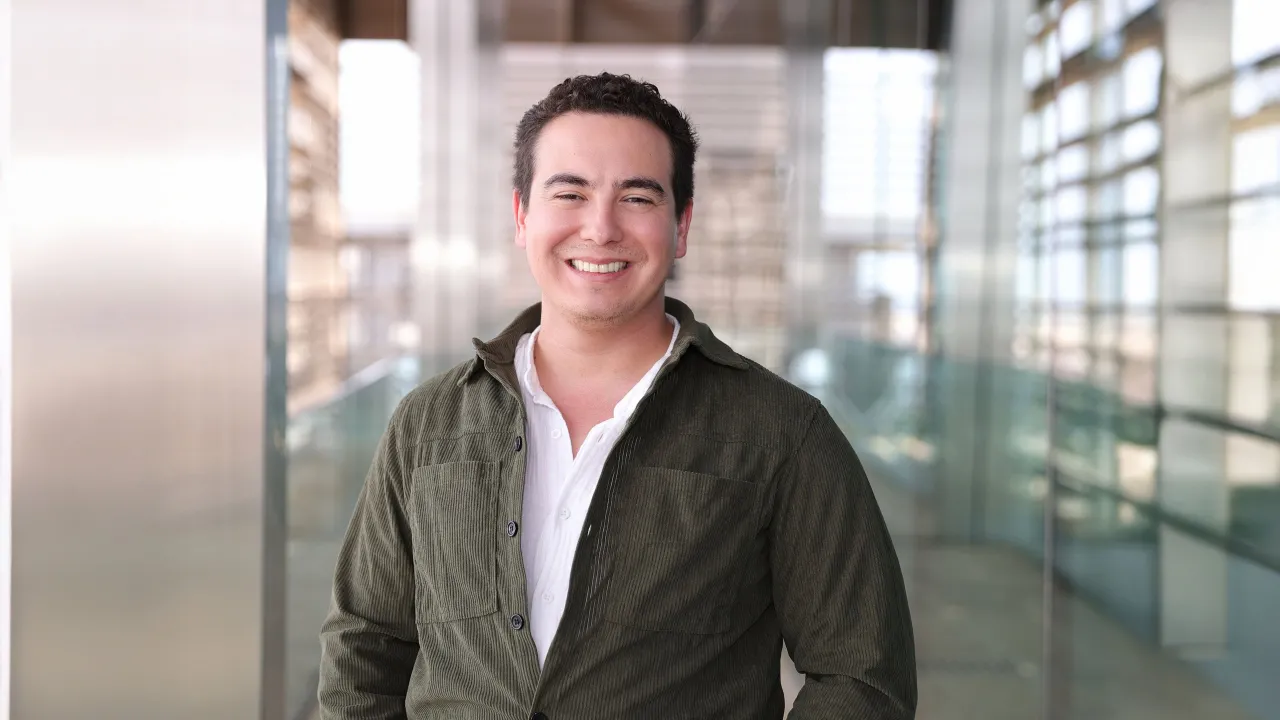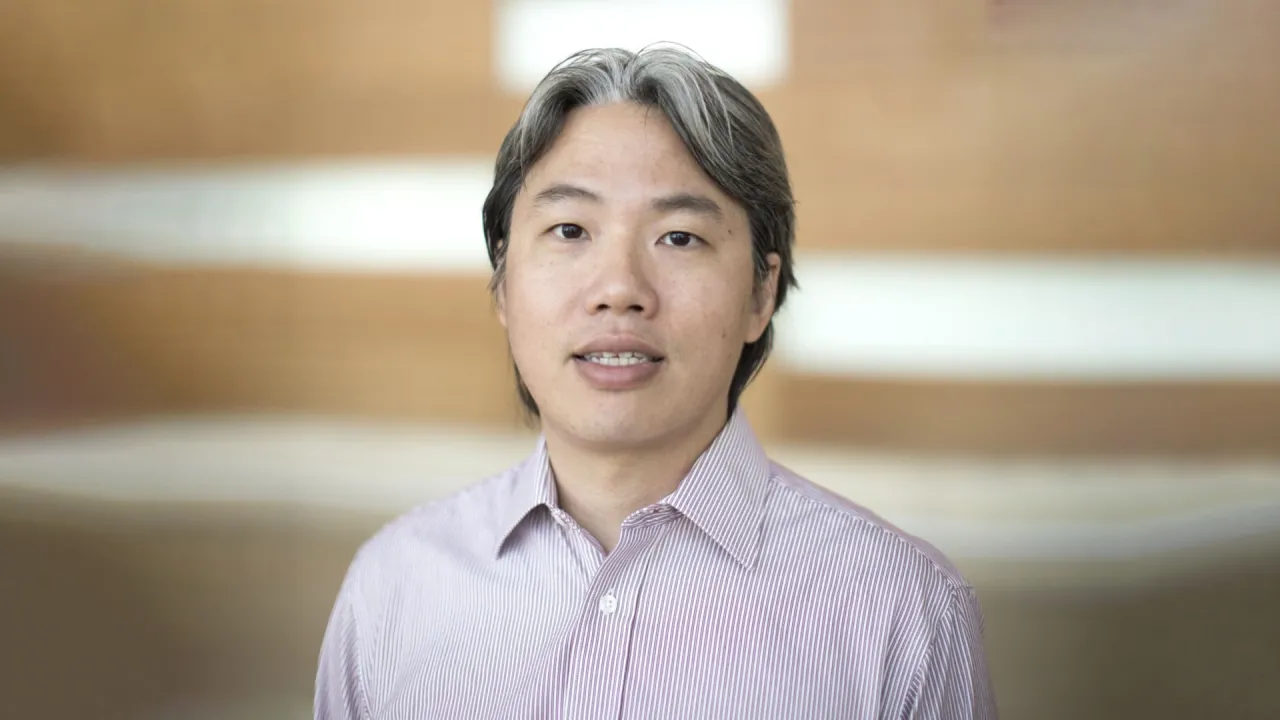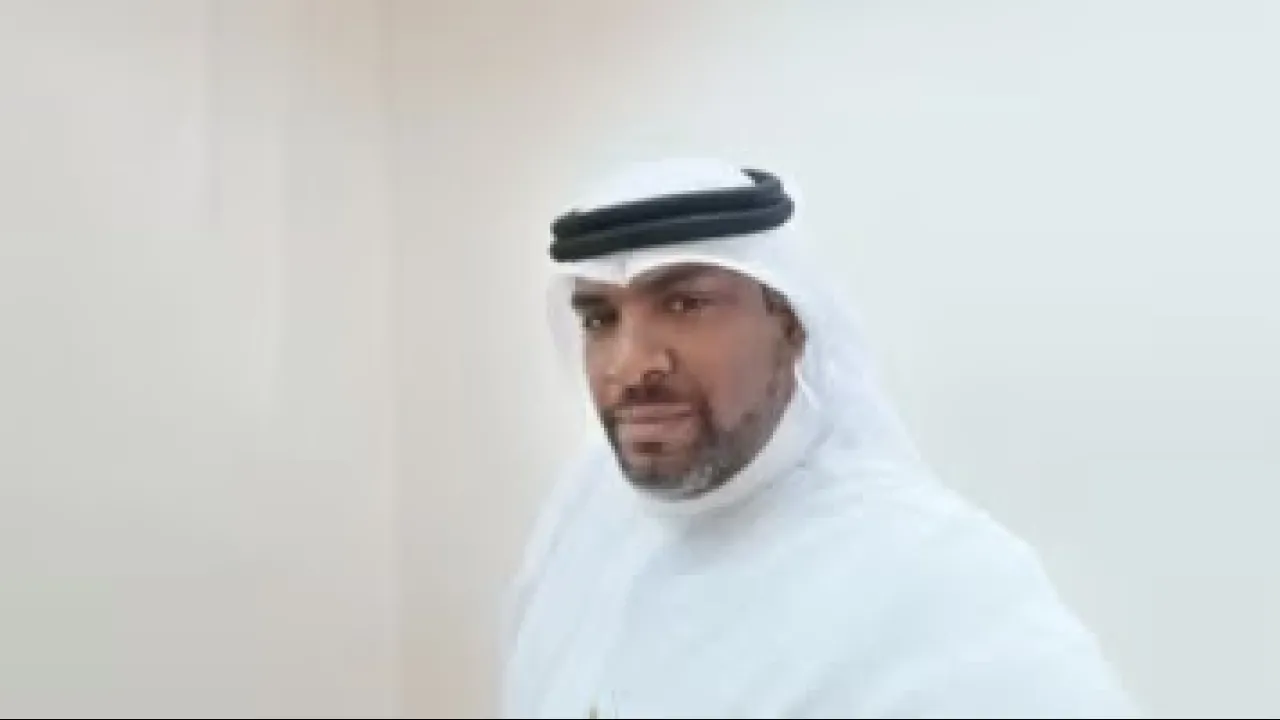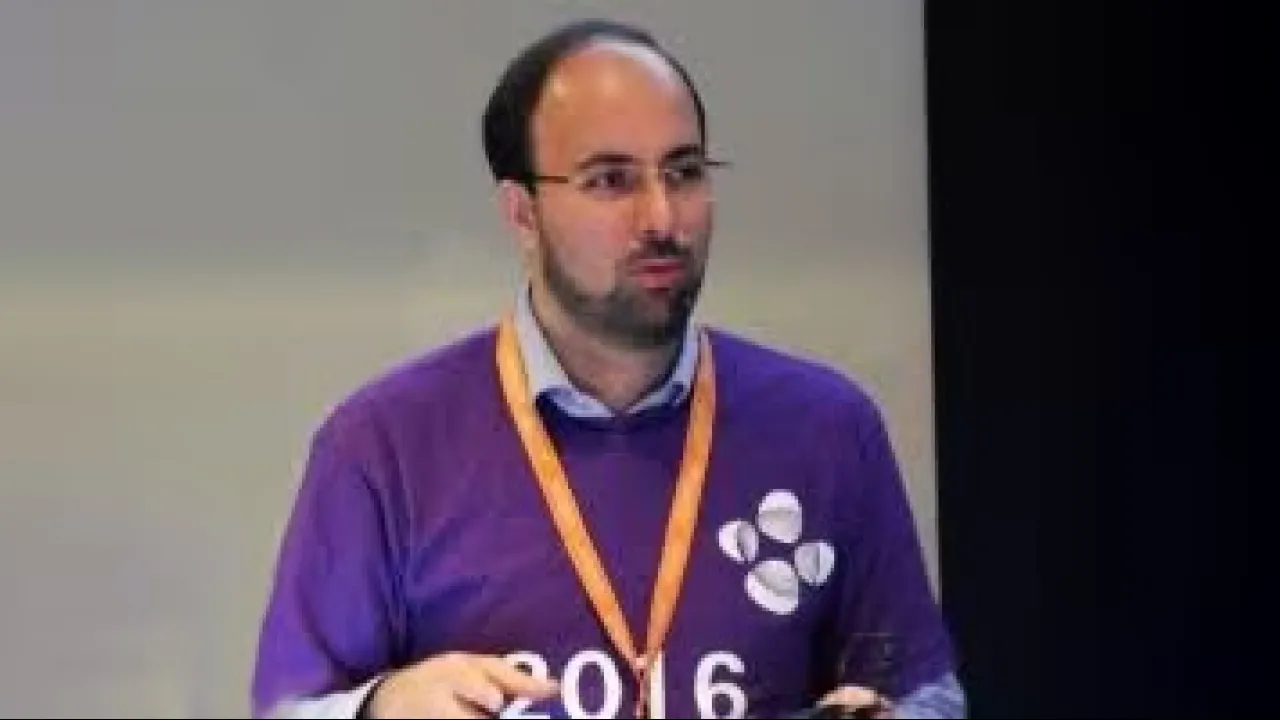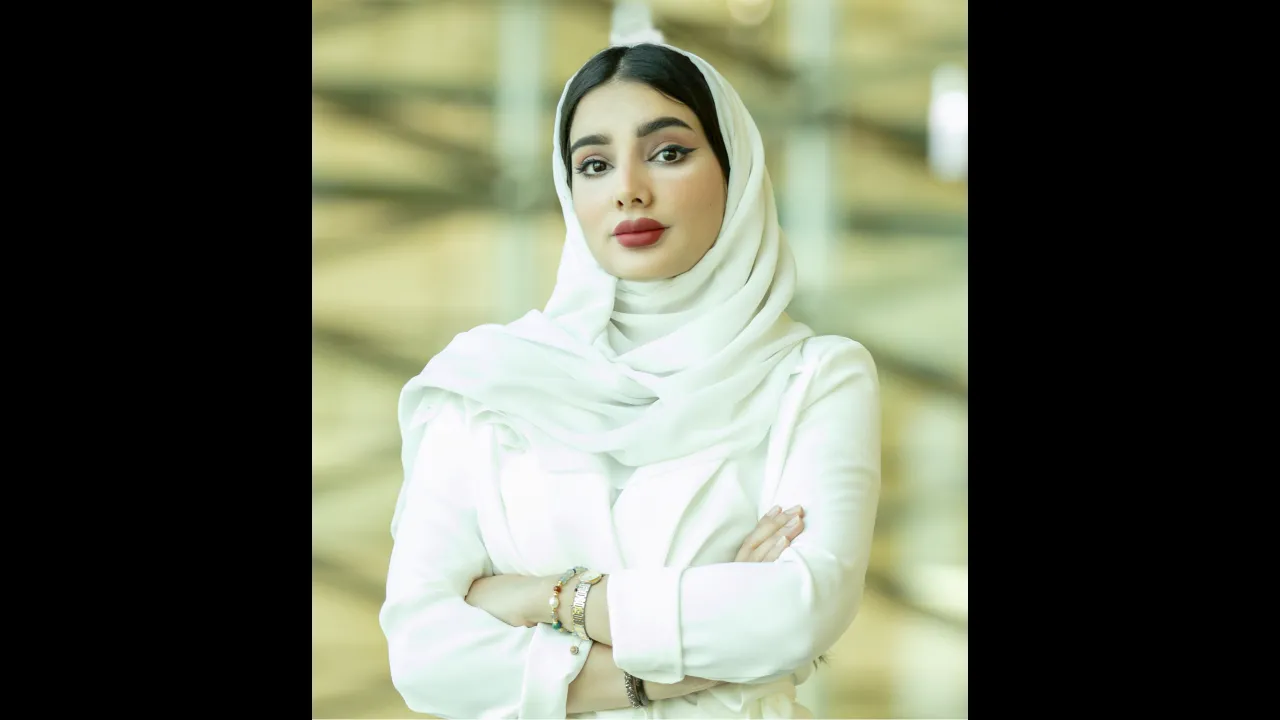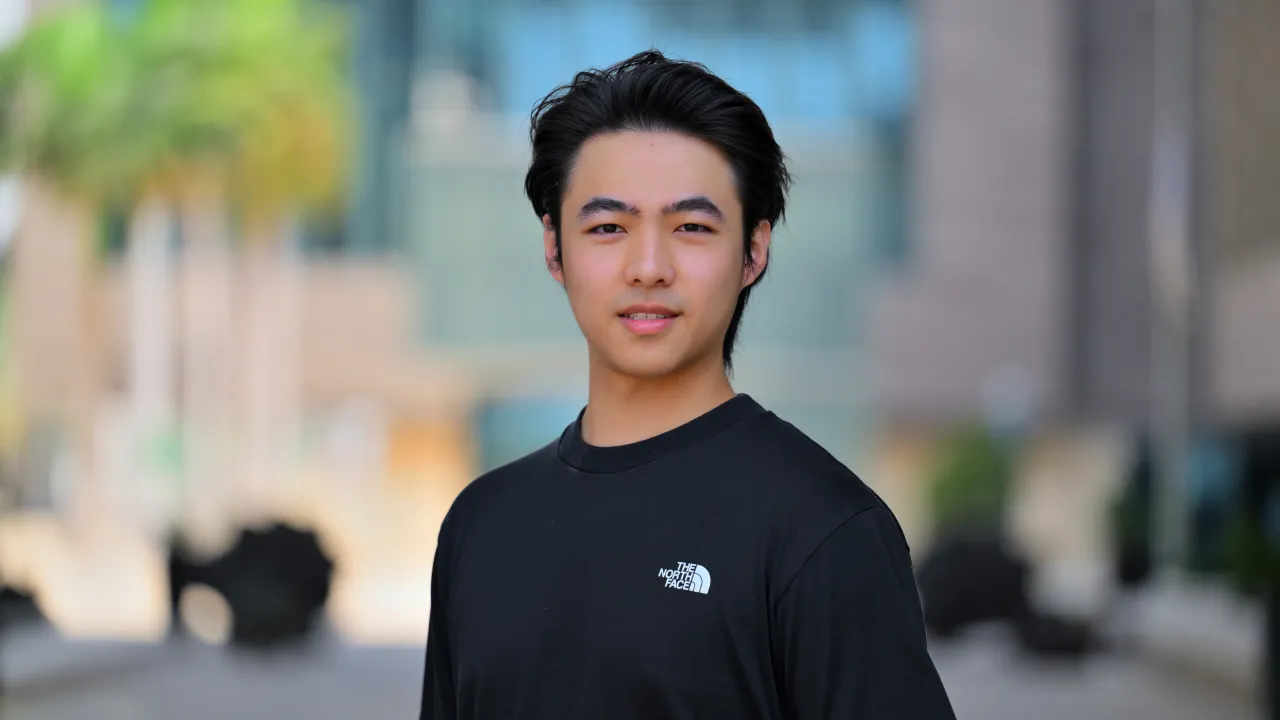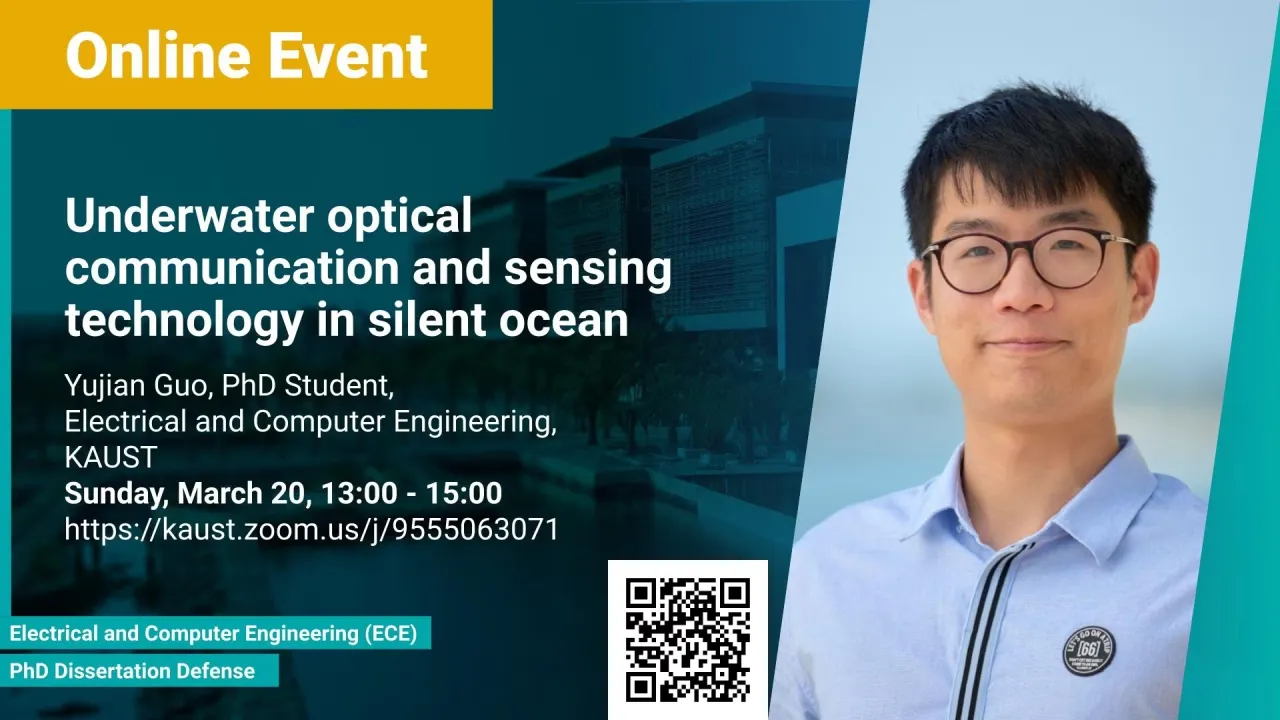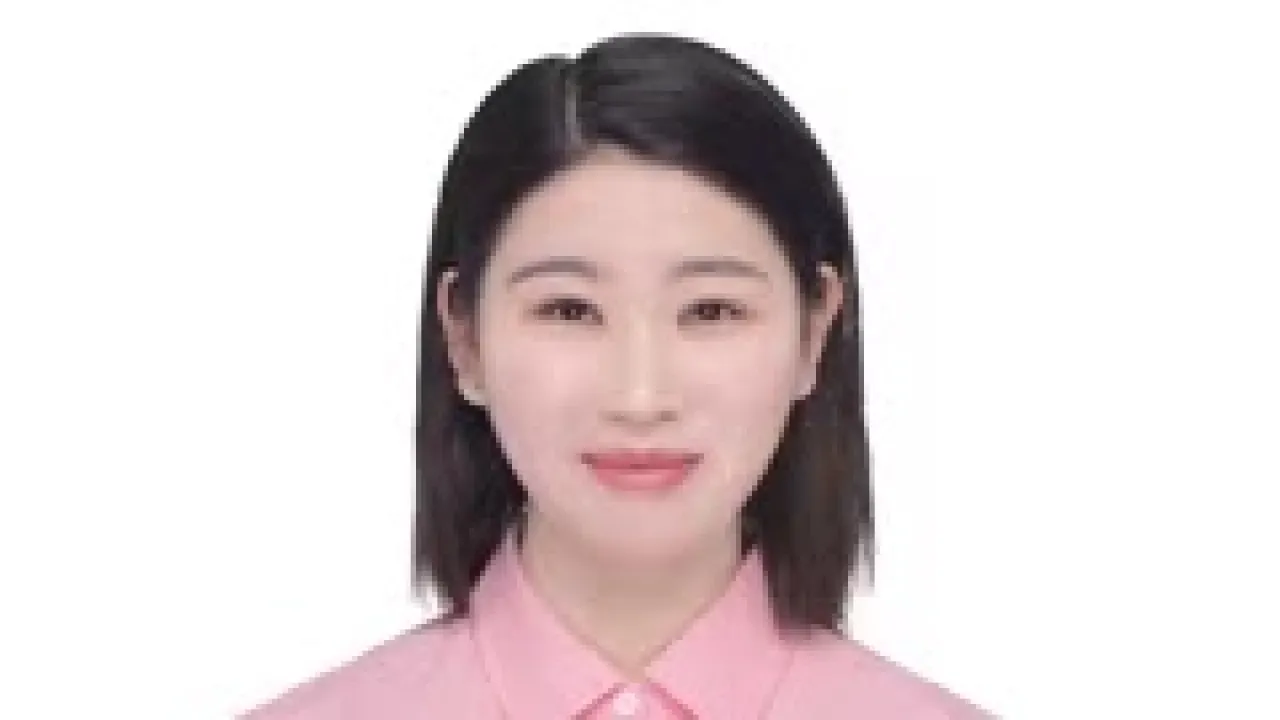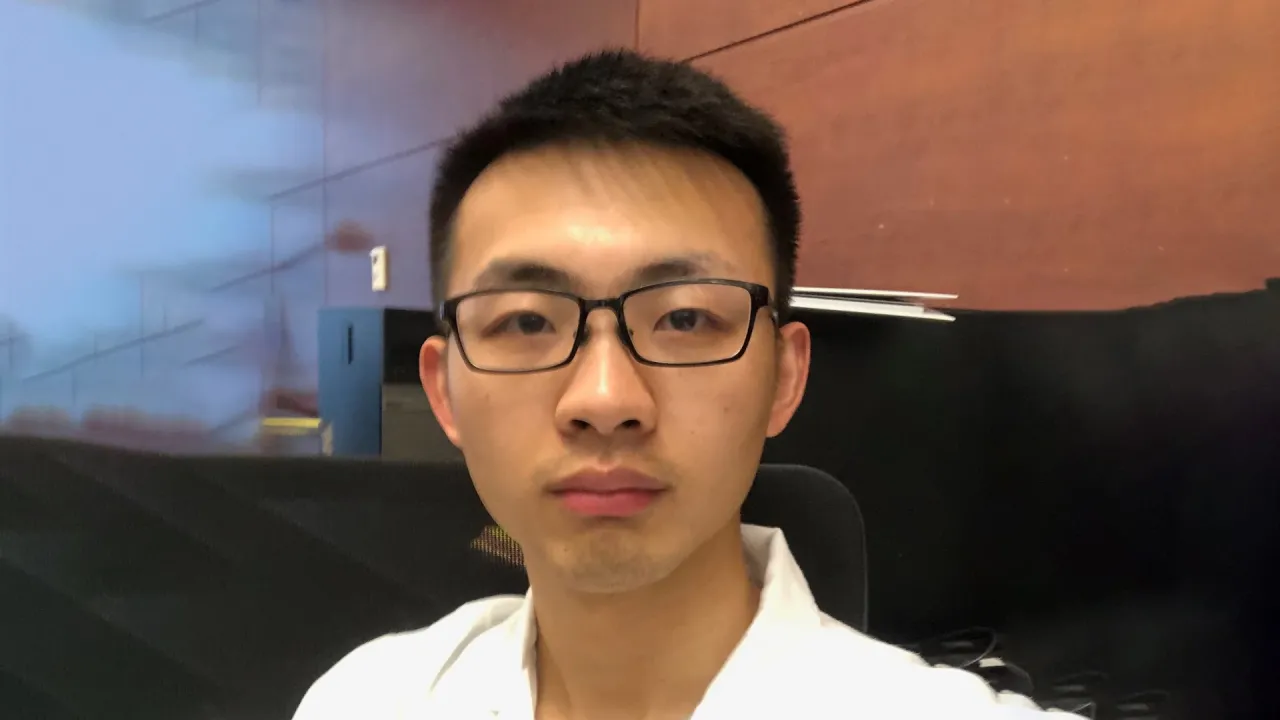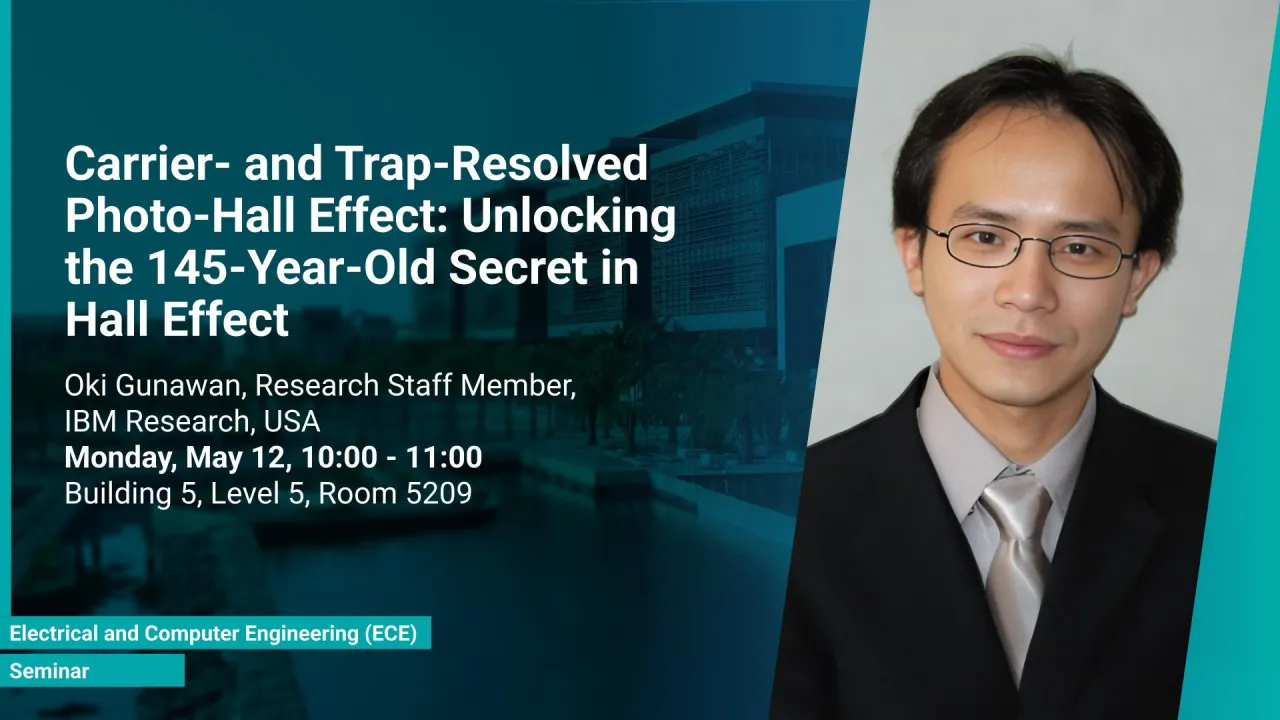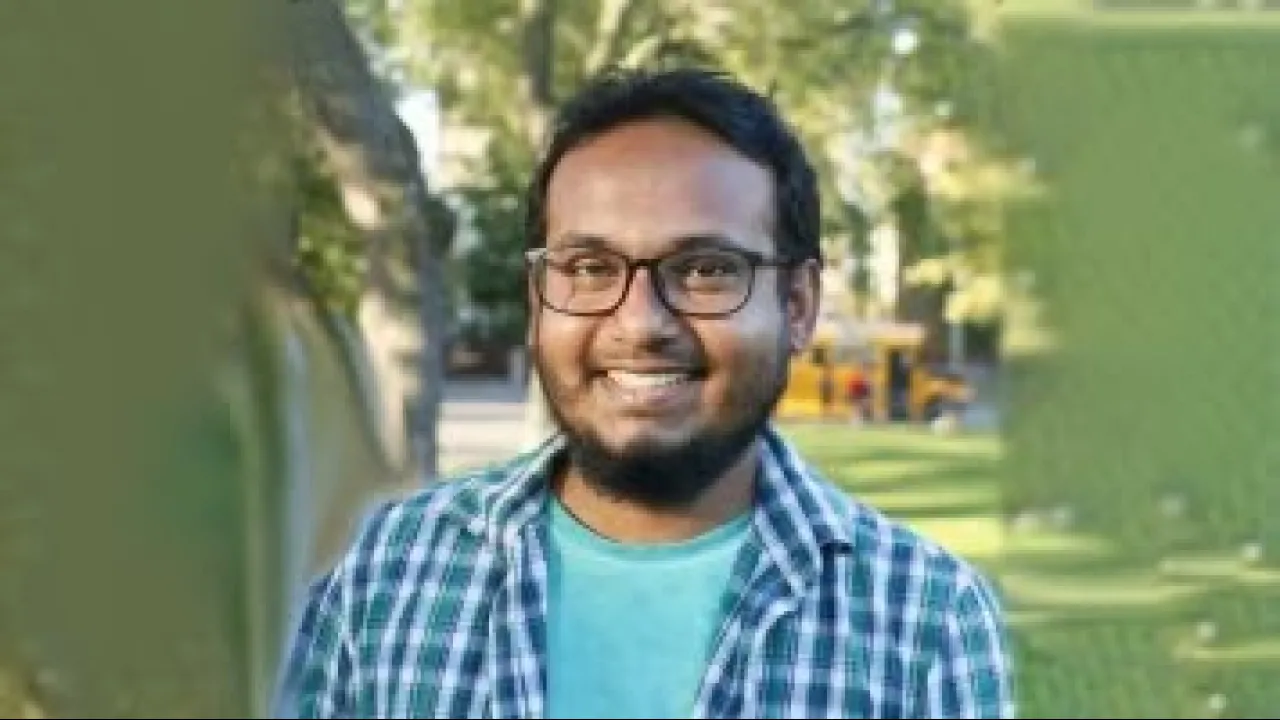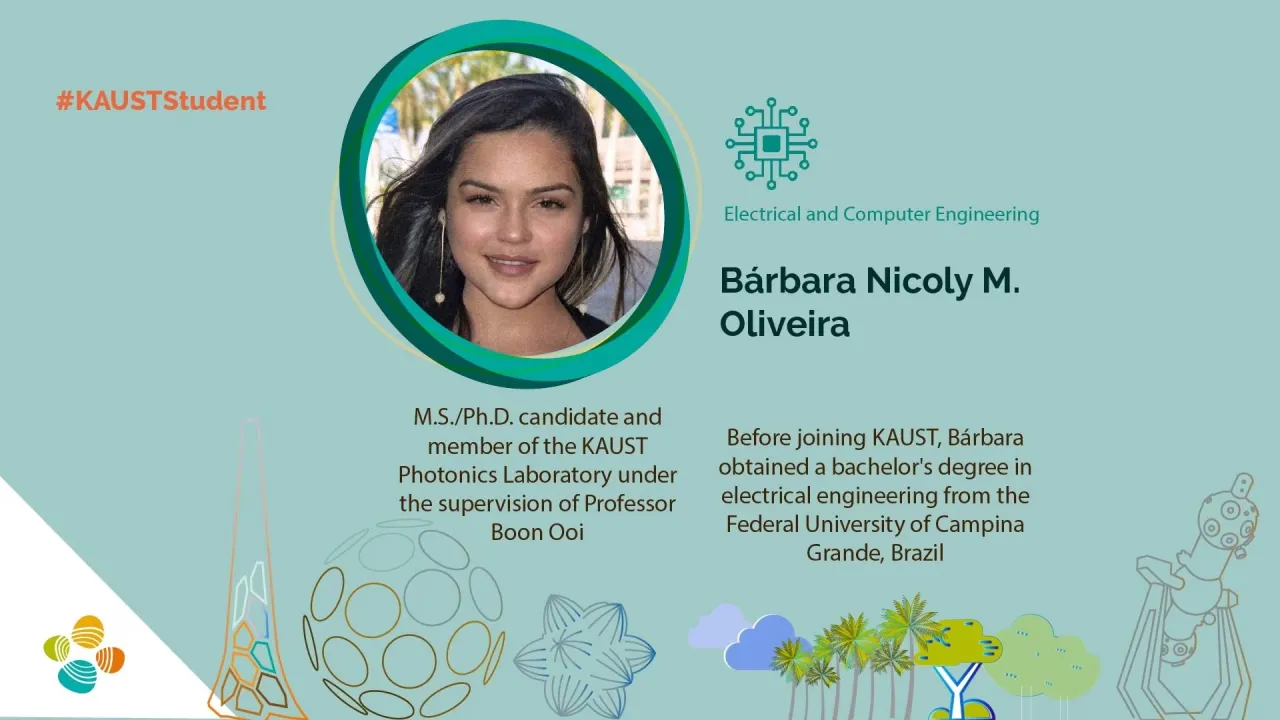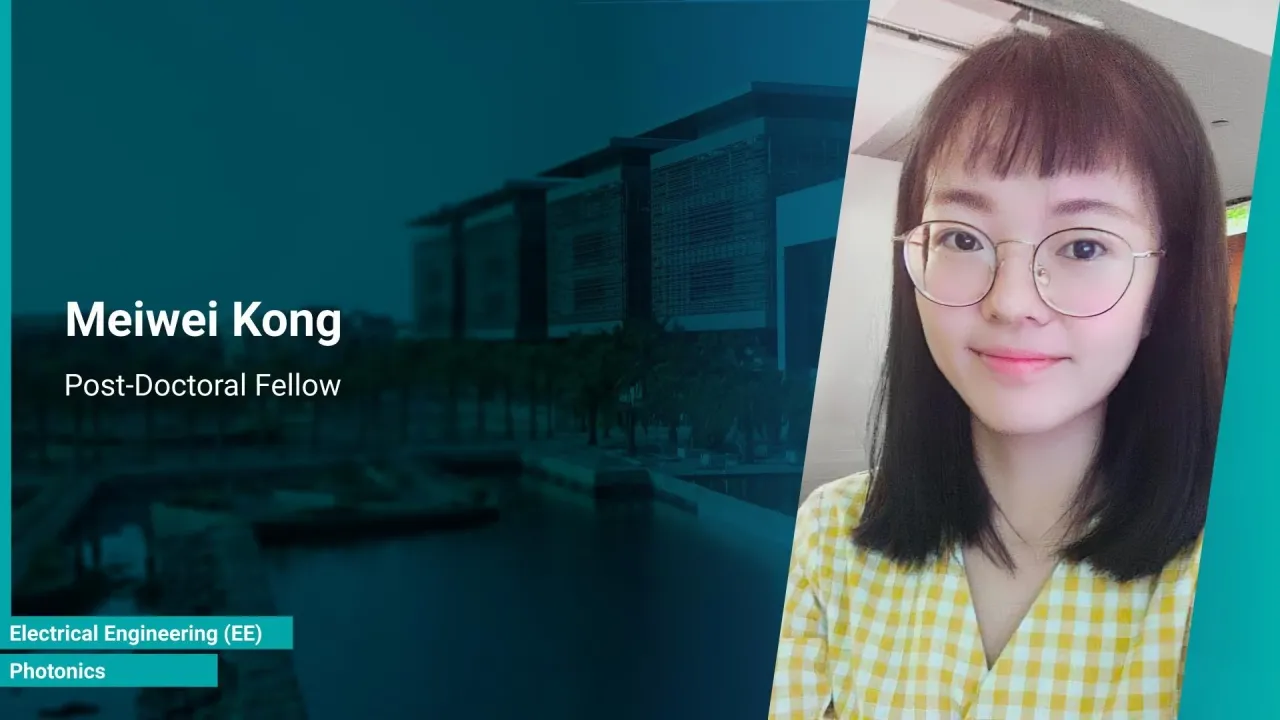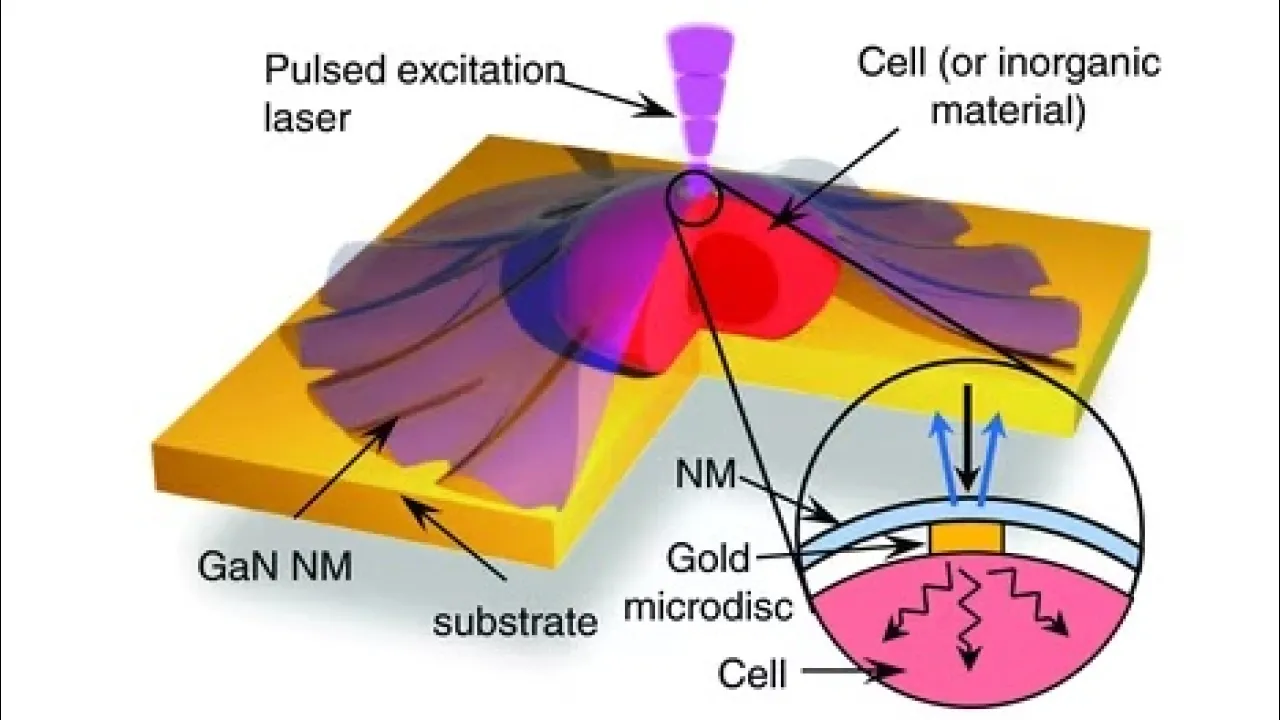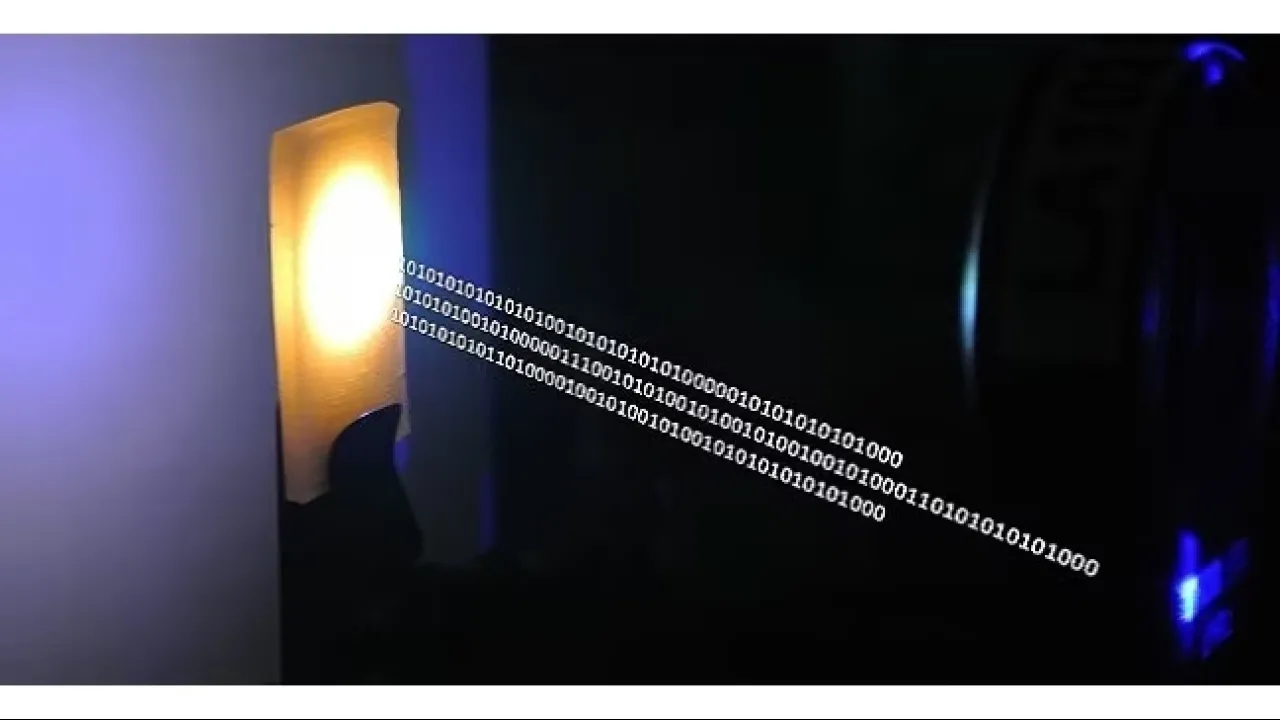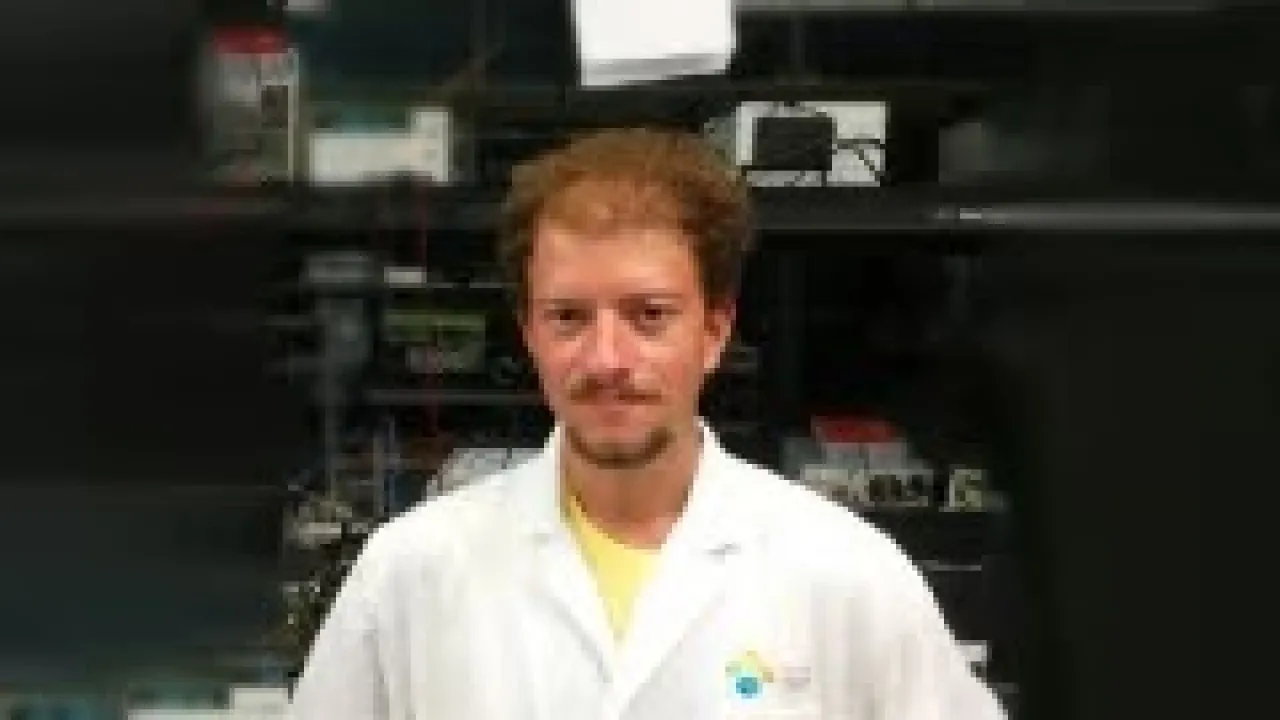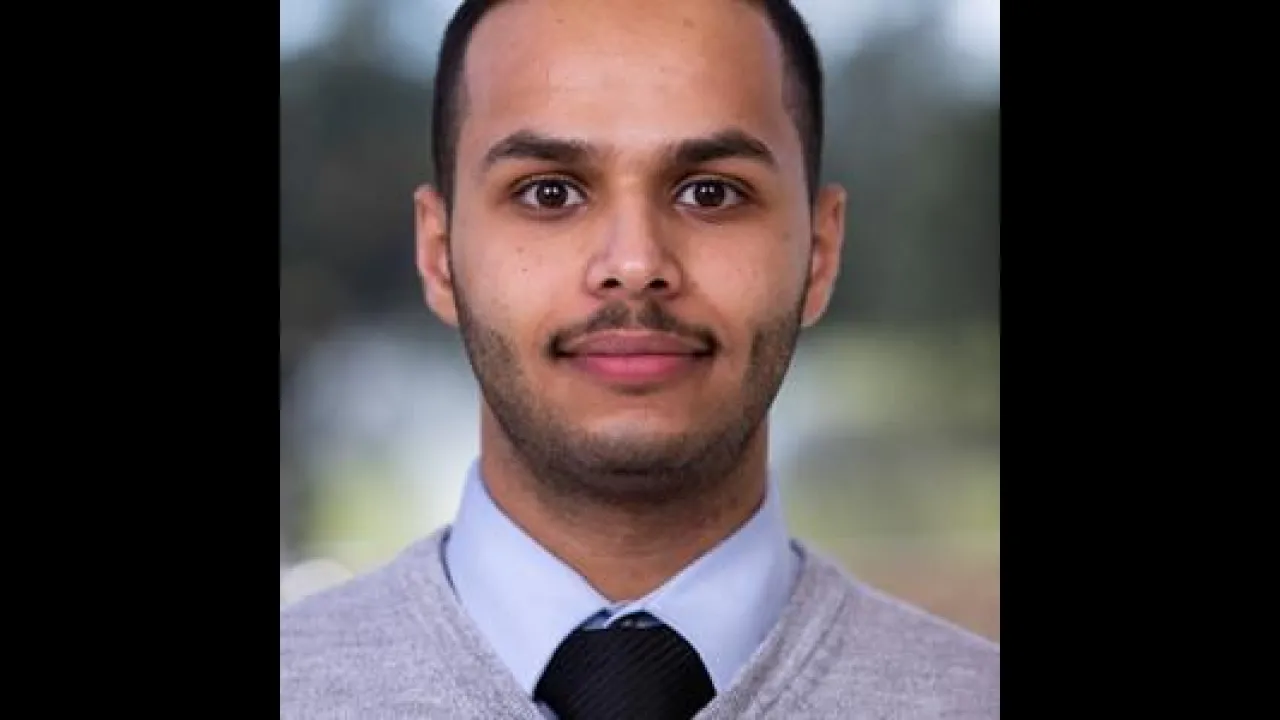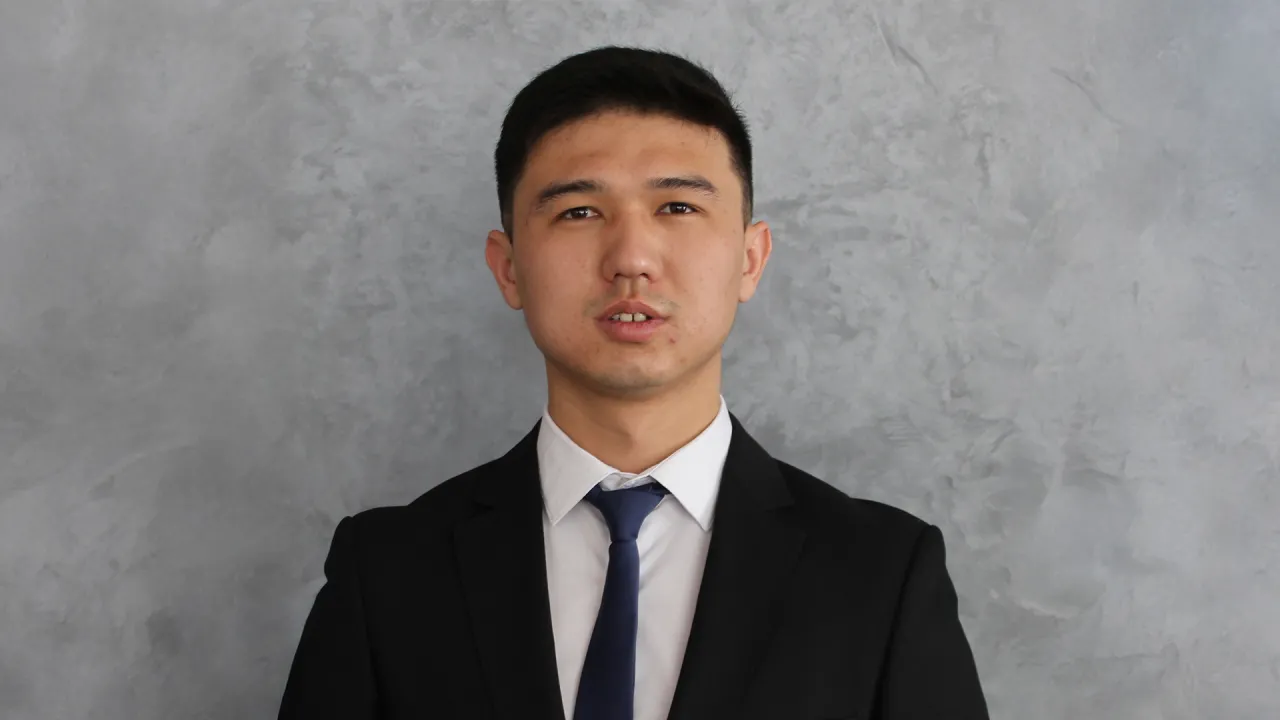Breadcrumb
- Home
- Topics
Topics
<>
photonics (34)
<>
optoelectronics (27)
<>
Photonics and optoelectronics (22)
<>
machine learning (17)
<>
nanomaterials (13)
<>
Signal processing (9)
<>
Visible light communications (9)
<>
deep learning (8)
<>
sensors (8)
<>
Computer Vision (7)
<>
laser (7)
<>
Laser Diodes (7)
<>
Optical communications (7)
<>
optics (7)
<>
artificial intelligence (6)
<>
electrical engineering (6)
<>
IoT (6)
<>
LED (6)
<>
underwater optical communications (6)
<>
light (5)
<>
nanofabrication (5)
<>
solar energy (5)
<>
advanced semiconductors (4)
<>
communications (4)
<>
ISAC (4)
<>
MATLAB (4)
<>
optoelectronic devices (4)
<>
semiconductors (4)
<>
solid-state lighting (4)
<>
AI (3)
<>
biophotonics (3)
<>
bioscience (3)
<>
communication networks (3)
<>
embedded systems (3)
<>
Fiber-optic sensors (3)
<>
GaN (3)
<>
haps (3)
<>
integrated optics (3)
<>
Integrated Photonics technology (3)
<>
molecular beam epitaxy (3)
<>
optical fiber (3)
<>
Optical sensors (3)
<>
optical wireless communicaitons (3)
<>
optimization (3)
<>
Python (3)
<>
Reinforcement Learning (3)
<>
semiconductor laser (3)
<>
Underwater communication (3)
<>
Wireless Communications (3)
<>
2D materials (2)
<>
AI4Science (2)
<>
applied mathematics (2)
<>
Biosensors (2)
<>
data communication (2)
<>
Deep UV optoelectronic devices (2)
<>
device fabrication (2)
<>
Dynamical Systems (2)
<>
Electromagnetics and optoelectronics (2)
<>
energy harvesting (2)
<>
fiber optics (2)
<>
flexible electronics (2)
<>
food security (2)
<>
GaN-based LED (2)
<>
Generative AI and LLMs (2)
<>
healthcare (2)
<>
III-nitride (2)
<>
III-nitride nanowires (2)
<>
III-Nitride Optoelectronics (2)
<>
Large Language Models (2)
<>
LiDAR (2)
<>
Localization (2)
<>
microelectronics (2)
<>
MOVPE (2)
<>
nanophotonics (2)
<>
nanowires (2)
<>
Network Design (2)
<>
networks and wireless communications (2)
<>
Non-Terrestrial Networks (2)
<>
Nonlinear Optics (2)
<>
optical communication (2)
<>
optical computing (2)
<>
optical fiber communications (2)
<>
Optical Wireless Communication (2)
<>
Optical wireless communications (2)
<>
optoelectronic device fabrication (2)
<>
Perovskites (2)
<>
Programming language (2)
<>
quantum communication (2)
<>
quantum computing (2)
<>
remote sensing (2)
<>
semiconductor (2)
<>
semiconductor optoelectronic devices (2)
<>
telecommunication (2)
<>
Underwater Optical Wireless Communications and Networking (2)
<>
Underwater wireless optical communication (2)
<>
wide bandgap semiconductor (2)
<>
Wireless communication (2)
<>
3D microstructures (1)
<>
3D printing (1)
<>
5G and beyond (1)
Visiting Student, Photonics Laboratory
Visiting Scholar, Photonics Laboratory
Visiting Researcher, Photonics Laboratory
Visiting Student, Photonics Laboratory
Postdoctoral Research Fellow, Photonics Laboratory
Postdoctoral Research Fellow, Photonics Laboratory
Visiting Student, Photonics Laboratory
Research Scientist, Photonics Laboratory
Al-Khawarzmi Distinguished Professor, Electrical and Computer Engineering
Visiting Student, Photonics Laboratory
Visiting Scholar, Photonics Laboratory
Yue Wang
Ph.D Candidate (former), Electrical and Computer Engineering
Yara Mostafa
Visiting Student, Photonics Laboratory
Siti Nurul Waheeda Mohmad Zaini
Visiting Student, Photonics Laboratory
Redha Al Ibrahim
Postdoctoral Research Fellow, Electrical and Computer Engineering
Ohoud K. Alharbi
Visiting Student, Photonics Laboratory
Mohammed Abdul Majid
Postdoctoral Research Fellow, Photonics Laboratory
Mohammad Khaled Shakfa
Postdoctoral Research Fellow, Photonics Laboratory
Mohamed Ebaid
Postdoctoral Research Fellow, Photonics Laboratory
Lyu Zhou
Visiting Student, Photonics Laboratory
Haomin Song
Visiting Student, Photonics Laboratory
Guangyu Liu
Research Scientist, Photonics Laboratory
Jiahao Wei
M.S. Student, Photonics Laboratory
Zinan Xiao
Ph.D. Student, Photonics Laboratory
Xuan Dong
Visiting Student, Photonics Laboratory
Wenqing Niu
Postdoctoral Research Fellow
Wenwen Chen
Visiting Student, Photonics Laboratory
Wenbo Yan
Ph.D Candidate, Photonics Laboratory
Meng Tian
Visiting Student, Photonics Laboratory
Lanah Almahdy
Visiting Student, Photonics Laboratory
Chun Hong Kang
Research Scientist, Electrical and Computer Engineering
Biwei Wang
Visiting Student, Photonics Laboratory
Aswani G. Saraswathy
Visiting Student, Photonics Laboratory
David Gomez-Cabrero
Associate Professor, Bioscience
Karen Sanchez
Postdoctoral Research Fellow
Hani A. Al Majed
M.S. Student
Islam Ashry
Senior Research Scientist, Electrical and Computer Engineering
Fangchen Hu
Visiting Student, Photonics Laboratory
Siti Nurul Waheeda Mohmad Zaini
Visiting Student, Photonics Laboratory
Sara Binturaiki
Visiting Student, Photonics Laboratory
Rozalina Zakaria
Visiting Researcher, Photonics Laboratory
Mohamed Ebaid
Postdoctoral Research Fellow, Photonics Laboratory
Lyu Zhou
Visiting Student, Photonics Laboratory
Kalani Moore
Visiting Student, Photonics Laboratory
Jeremy Tan
Visiting Student, Photonics Laboratory
Giada Bucci
Visiting Student, Photonics Laboratory
Chandu V.V. Muralee Gopi
Postdoctoral Research Fellow, Photonics Laboratory
Alaa Alameer Ahmad
Visiting Researcher (former), King Abdullah University of Science and Technology
José Martín Farfán Esponda
Visiting Student, Photonics Laboratory
Haiyan Xu
Visiting Student, Photonics Laboratory
Zinan Xiao
Ph.D. Student, Photonics Laboratory
Chandu V.V. Muralee Gopi
Postdoctoral Research Fellow, Photonics Laboratory
Biwei Wang
Visiting Student, Photonics Laboratory
Aigerim Tankimanova
Visiting Student, Photonics Laboratory
Abdelrahman Eldesokey
Postdoctoral Research Fellow
Karen Sanchez
Postdoctoral Research Fellow
Aznaur Aliev
M.S. Student
Hani A. Al Majed
M.S. Student
Mohammed Abdul Majid
Postdoctoral Research Fellow, Photonics Laboratory
Mohammad Khaled Shakfa
Postdoctoral Research Fellow, Photonics Laboratory
Amanda Ooi
Postdoctoral Research Fellow, Bioscience
Mohammad Abdulaziz Husain Alsunaidi
Visiting Scholar, Photonics Laboratory
Mohammed Abdul Majid
Postdoctoral Research Fellow, Photonics Laboratory
Boon Ooi
Al-Khawarzmi Distinguished Professor, Electrical and Computer Engineering
Yang Weng
Visiting Student, Photonics Laboratory
Xinyu Zhang
Visiting Student, Photonics Laboratory
Sohailh Marie
Visiting Student, Photonics Laboratory
Hongsen He
Visiting Student, Photonics Laboratory
Yveline Pailles
Postdoctoral Research Fellow, Photonics Laboratory
Guangyu Liu
Research Scientist, Photonics Laboratory
Chen Huang
Visiting Student, Photonics Laboratory
Arwa Saud Abdullah Abbas
Visiting Researcher, Photonics Laboratory
Wenbo Yan
Ph.D Candidate, Photonics Laboratory
Sohailh Marie
Visiting Student, Photonics Laboratory
Jeremy Tan
Visiting Student, Photonics Laboratory
Chandu V.V. Muralee Gopi
Postdoctoral Research Fellow, Photonics Laboratory
Bang Huang
Postdoctoral Research Fellow, Electrical and Computer Engineering
Xiaowei Pang
Postdoctoral Research Fellow, Electrical and Computer Engineering
Aznaur Aliev
M.S. Student
Islam Ashry
Senior Research Scientist, Electrical and Computer Engineering
Mohamed Ebaid
Postdoctoral Research Fellow, Photonics Laboratory
Bang Huang
Postdoctoral Research Fellow, Electrical and Computer Engineering
Xiaowei Pang
Postdoctoral Research Fellow, Electrical and Computer Engineering
Mutibah Alanazi
Visiting Researcher, Electrical and Computer Engineering
Integrated Photonic Devices for Sensing and Telecom Applications
Prof. Hugo E. Hernandez Figueroa, University of Campinas (UNICAMP)
-
B3 L5 R5209
Toward scalable and high performance on-chip light source for integrated silicon photonics
Chen Shang, Postoctoral Researcher Fellow, University of California Santa Barbara
-
B9 L2 R2322
Redha Al Ibrahim
Postdoctoral Research Fellow, Electrical and Computer Engineering
Islam Ashry
Senior Research Scientist, Electrical and Computer Engineering
Paulraj Gnanasekar
Postdoctoral Research Fellow, Photonics Laboratory
Hani A. Al Majed
M.S. Student
Andres Villa
Postdoctoral Research Fellow
Pawan Mishra
Ph.D. Student, Electrical and Computer Engineering
Hsiao Tzu Huang
Visiting Student, Photonics Laboratory
Majed Sofiani
Postdoctoral Research Fellow, Applied Mathematics and Computational Sciences
Stefano Mazzei
Visiting Student, Photonics Laboratory
Alberto Bertocci
Visiting Student, Photonics Laboratory
Sohailh Marie
Visiting Student, Photonics Laboratory
Yue Wang
Ph.D Candidate (former), Electrical and Computer Engineering
Yveline Pailles
Postdoctoral Research Fellow, Photonics Laboratory
Bayan Al Nahhas
Visiting Student, Photonics Laboratory
Yue Wang
Ph.D Candidate (former), Electrical and Computer Engineering
Zaid Alyafeai
Postdoctoral Research Fellow
Abdelrahman Eldesokey
Postdoctoral Research Fellow
Muhanned Alsaif
M.S. Student (former), Electrical and Computer Engineering
Michele Conroy
Visiting Student, Photonics Laboratory
Haomin Song
Visiting Student, Photonics Laboratory
It Ee Lee
Visiting Researcher, Photonics Laboratory
Xiaowei Pang
Postdoctoral Research Fellow, Electrical and Computer Engineering
Houcine Chougrani
Research Scientist, Electrical and Computer Engineering
Aram Mkrtchyan
Postdoctoral Research Fellow, Electrical and Computer Engineering
Gregor Sauer
Visiting Student, Photonics Laboratory
Islam Ashry
Senior Research Scientist, Electrical and Computer Engineering
Hongyan Yu
Postdoctoral Research Fellow, Electrical and Computer Engineering
Yue Wang
Ph.D Candidate (former), Electrical and Computer Engineering
Boon-Eu Seow
Visiting Student, Photonics Laboratory
Yue Wang
Ph.D Candidate (former), Electrical and Computer Engineering
Mutibah Alanazi
Visiting Researcher, Electrical and Computer Engineering
Bang Huang
Postdoctoral Research Fellow, Electrical and Computer Engineering
Mohammed Zahed Mustafa Khan
Postdoctoral Research Fellow, Photonics Laboratory
